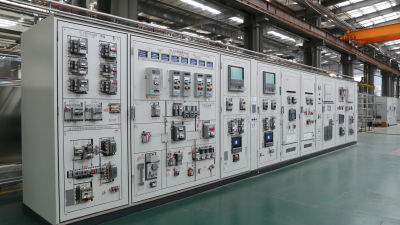Demystifying Surge Protectors: How They Guard Your Electronics from Voltage Spikes
In an era where electronics are integral to our daily lives, understanding how to safeguard these investments is paramount. Surge protectors play a crucial role in this protection, acting as the first line of defense against voltage spikes that can irreparably damage sensitive equipment. According to a report by the Electrical Safety Foundation International, power surges can occur due to various factors, including lightning strikes and grid switching, with over 60% of surge-related damages happening in residential settings. The National Fire Protection Association also highlights that electrical surges contribute to thousands of home fires annually. With the increasing reliance on high-tech devices, employing a reliable surge protector has become not just a precaution but a necessity. This article aims to demystify surge protectors, explaining their function, features, and the essential role they play in safeguarding our valuable electronics.
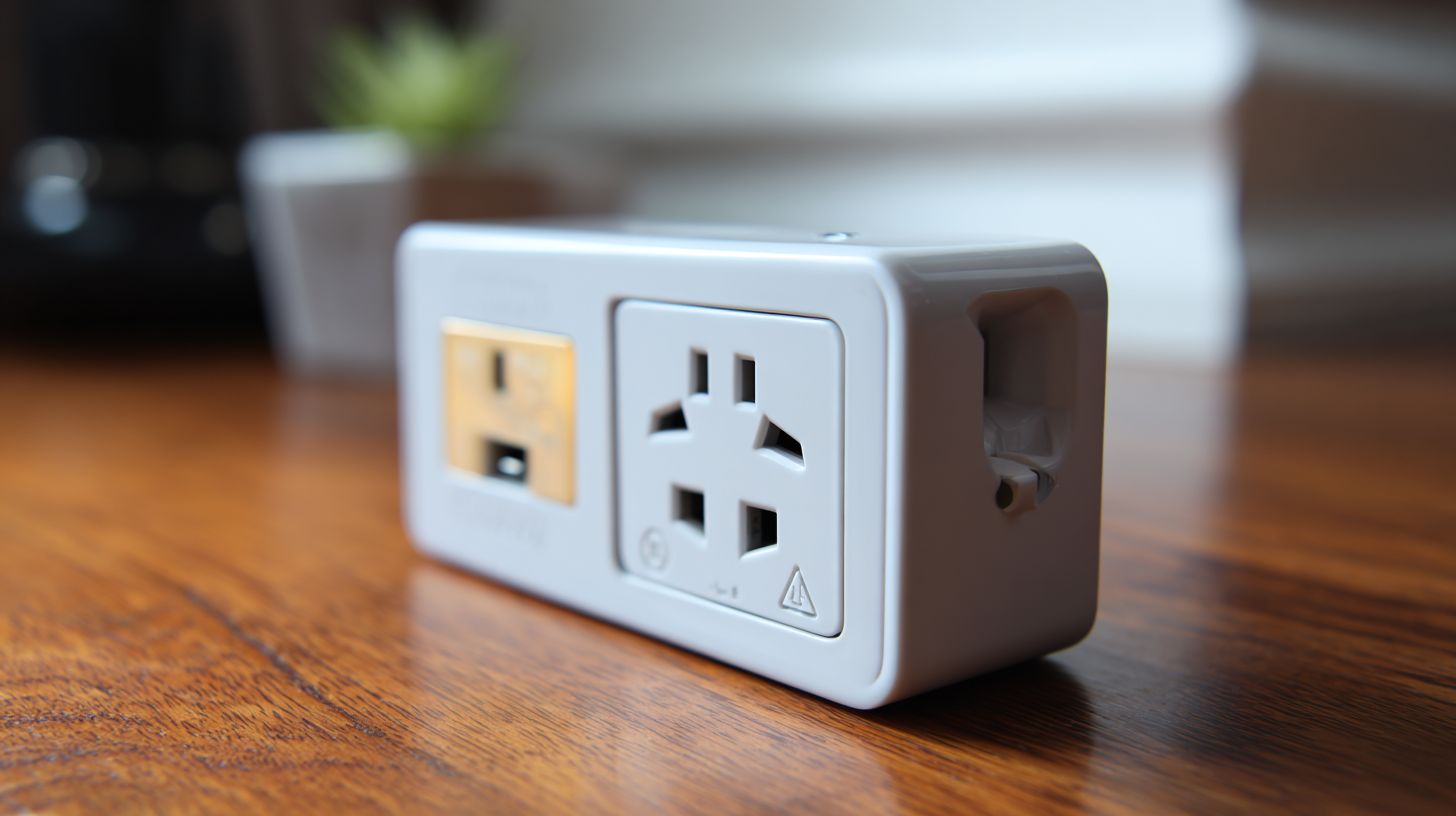
Understanding Voltage Spikes: Causes and Consequences for Electronics
Voltage spikes are sudden increases in voltage that can severely affect electronic devices and systems. These spikes can occur due to various reasons, including grid voltage fluctuations and external disturbances such as lightning strikes. As reported, grid voltage rises have become a significant concern, especially for solar power system owners, as these voltage fluctuations can lead to equipment damage and reduced system efficiency.
Research indicates that such disturbances are intensifying, prompting the need for robust surge protection measures to safeguard sensitive electronics.
The consequences of voltage spikes extend beyond immediate device failure. Semiconductor components, for instance, are particularly vulnerable as voltage irregularities can accelerate aging, resulting in diminished performance and shortened lifespans. A recent analysis highlighted that power quality issues, including voltage surges, are critical factors influencing the integrity of power systems and electronic devices. Effective mitigation strategies, including implementing advanced surge protection technologies, can help buffer electronic systems from these potentially damaging events. In this landscape, staying informed about surge protection standards is essential for both manufacturers and users of electronic hardware, ensuring continued reliability in the face of changing electrical conditions.
Types of Surge Protectors: Differences Between MOVs, TVSS, and Whole House Systems
Surge protectors are essential devices that shield your electronics from unexpected voltage spikes. Among the various types available, Metal Oxide Varistors (MOVs), Transient Voltage Surge Suppressors (TVSS), and whole house systems serve distinct functions. MOVs are the most common type found in basic surge protectors and work by diverting excess voltage to the ground. They react quickly to voltage surges, which can occur due to lightning strikes or power surges from utility companies. However, MOVs can degrade over time, making it crucial to replace surge protectors regularly to ensure continued protection.
TVSS units are designed for more advanced applications, typically used in commercial settings. They offer superior protection by combining multiple technologies to absorb and dissipate electrical surges effectively. Unlike MOVs, which are often limited to single-point protection, TVSS devices can safeguard an entire circuit, protecting multiple devices simultaneously. On the other hand, whole house systems provide a comprehensive solution by protecting all electrical appliances in a home from surges that enter through the electrical service panel. This approach not only protects sensitive electronics but also extends the lifespan of appliances, making it a worthwhile investment for homeowners concerned about possible power spikes.
Key Features to Look for in a Surge Protector: Energy Rating and Response Time
When choosing a surge protector, understanding key features such as energy rating and response time is crucial for maximizing the safety of your electronic devices. The energy rating, measured in joules, indicates the maximum energy the surge protector can absorb before it fails. A higher joule rating means better protection and longevity, making it an essential factor for devices that are sensitive to voltage spikes. For example, if you are using the surge protector for high-value electronics like computers or home theater systems, opting for a unit with at least 1,000 joules is advisable.
Equally important is the response time of the surge protector, which refers to the speed at which it can react to a surge in power. This is typically measured in nanoseconds; the quicker the response time, the better it can protect your equipment from harmful voltage spikes. Look for surge protectors with a response time of less than 1 nanosecond for optimal performance. Combining these two features—energy rating and response time—will ensure your electronics are adequately safeguarded against surges, enhancing their lifespan and reliability.
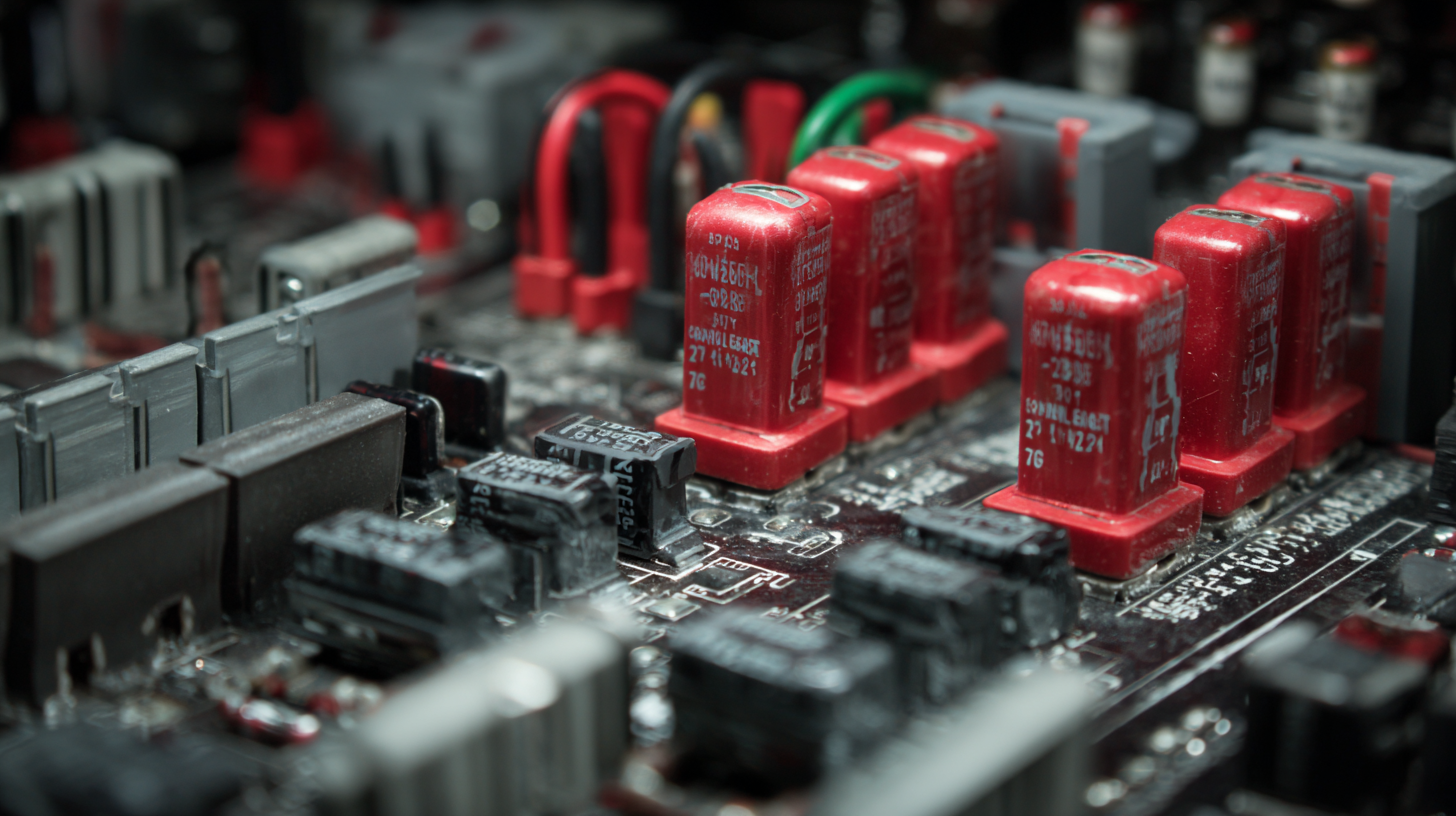
Industry Standards and Certifications for Surge Protectors: IEC, UL, and IEEE Guidelines
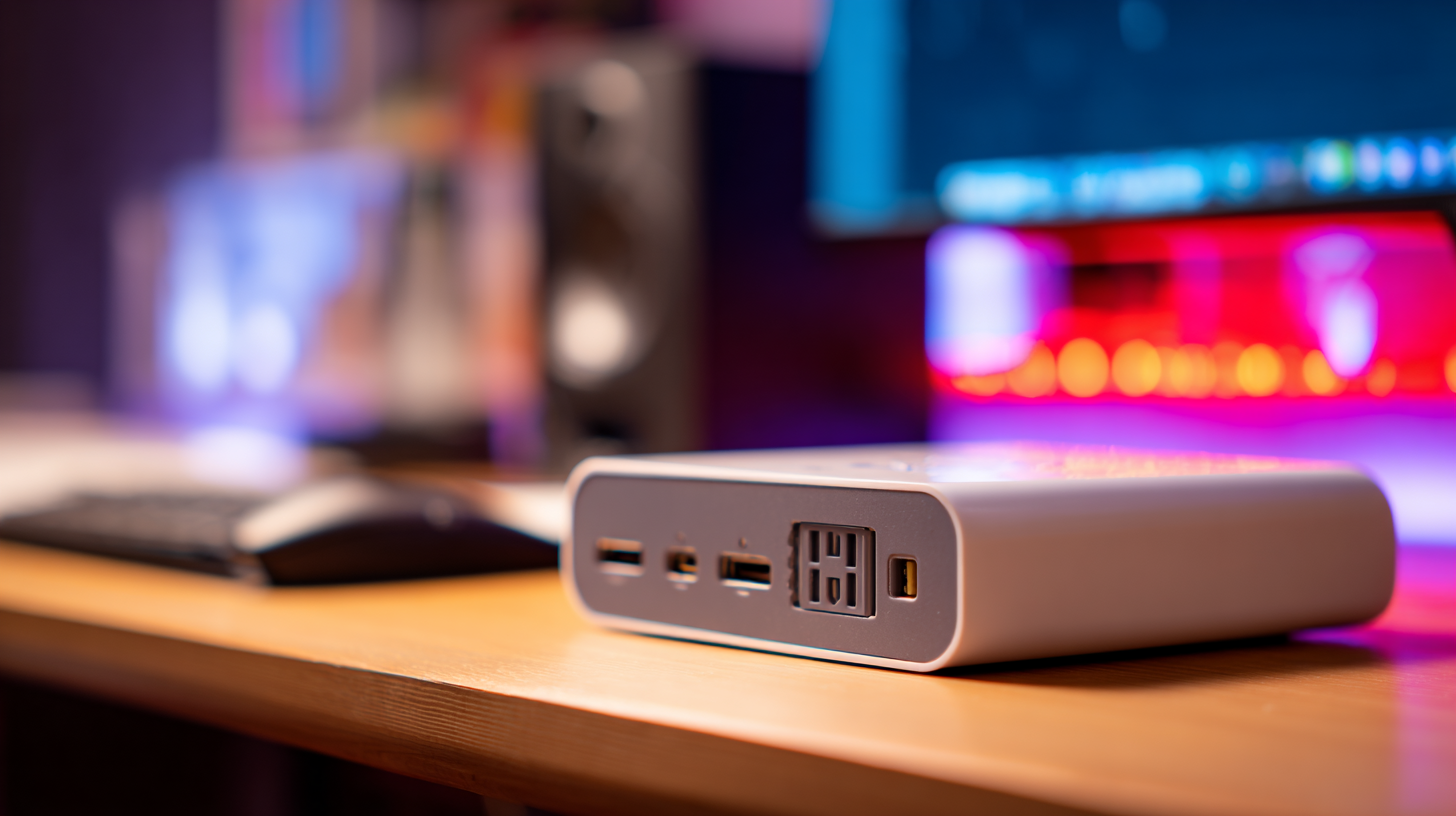 Surge protectors play a crucial role in safeguarding your electronics from damaging voltage spikes. Understanding the industry standards and certifications that govern these protective devices, such as IEC, UL, and IEEE guidelines, can help consumers make informed choices about their equipment. The International Electrotechnical Commission (IEC) establishes international safety standards, while Underwriters Laboratories (UL) certifies devices according to rigorous testing protocols. The IEEE (Institute of Electrical and Electronics Engineers) provides additional resources and standards that focus on surge protection within electrical systems.
Surge protectors play a crucial role in safeguarding your electronics from damaging voltage spikes. Understanding the industry standards and certifications that govern these protective devices, such as IEC, UL, and IEEE guidelines, can help consumers make informed choices about their equipment. The International Electrotechnical Commission (IEC) establishes international safety standards, while Underwriters Laboratories (UL) certifies devices according to rigorous testing protocols. The IEEE (Institute of Electrical and Electronics Engineers) provides additional resources and standards that focus on surge protection within electrical systems.
When selecting a surge protector, it’s essential to look for devices that comply with these guidelines. For instance, UL 1449 outlines essential safety and performance criteria for surge protective devices, ensuring they can effectively handle surges of a certain magnitude. Moreover, IEC 61643-11 provides comprehensive parameters for the performance of surge arresters in low-voltage systems. According to a report by the National Institute of Standards and Technology, adhering to these standards can significantly reduce the risk of damage, with some devices capable of withstanding up to 30,000 amperes of surge current.
Tips: Always check for certifications like UL and IEC on surge protectors before purchasing. Consider the joule rating of the device, aiming for at least a 1,000 joule rating for optimal protection. Additionally, ensure your surge protector features both primary and secondary protection to enhance electronics safety against potential spikes.
Best Practices for Installing and Maintaining Surge Protectors for Maximum Efficacy
Surge protectors are essential for safeguarding electronic devices from potentially damaging voltage spikes caused by events such as lightning strikes or power outages. To ensure maximum efficacy, proper installation and maintenance practices are crucial. According to a report by the Electrical Safety Foundation International, improper installation can lead to decreased protection effectiveness, with an estimated 30% of surge protector failure attributed to user error. This emphasizes the importance of following manufacturer guidelines for placement and usage.
When installing surge protectors, it is advisable to position them close to power outlets used for high-value electronics. For instance, plug-in surge suppressors should be connected directly to wall outlets and not daisy-chained with other power strips. Furthermore, it’s important to periodically inspect the units. As noted by the National Fire Protection Association, surge protectors should be replaced every two to three years or after a major electrical storm to maintain effectiveness. Regularly checking for indicator lights and signs of wear can help ensure that your devices remain protected against spikes in voltage, ultimately prolonging their lifespan.

Home
About Us
Products
Terminal Power Distribution Electric
AC Miniature Circuit Breaker
 BY06H-125 MCB 10-15KA Miniature Circuit Breaker
BY06H-125 MCB 10-15KA Miniature Circuit Breaker
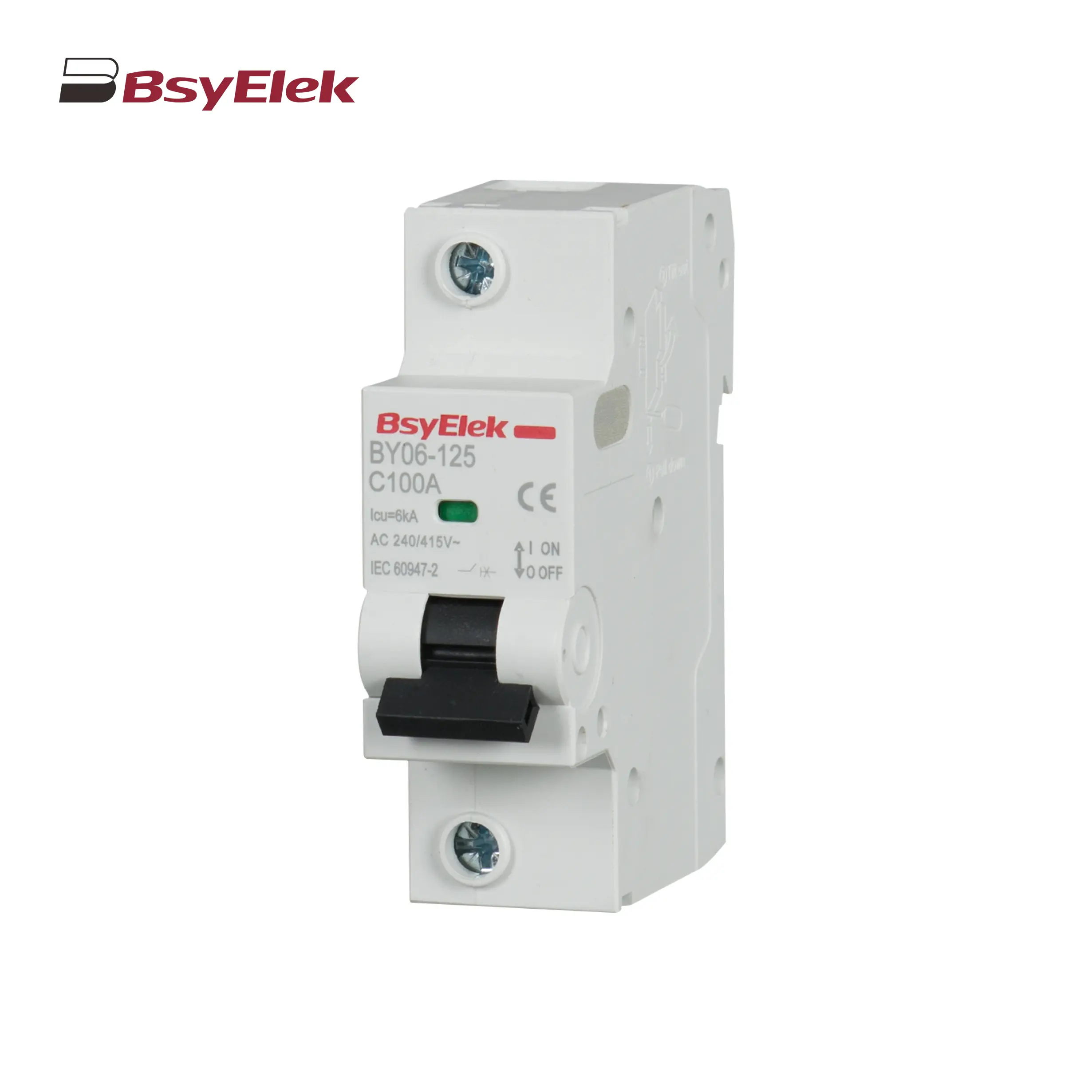 BY06-125 MCB 6KA Miniature Circuit Breaker
BY06-125 MCB 6KA Miniature Circuit Breaker
 BY05H-40 MCB Single Modular 6KA Miniature Circuit Breaker
BY05H-40 MCB Single Modular 6KA Miniature Circuit Breaker
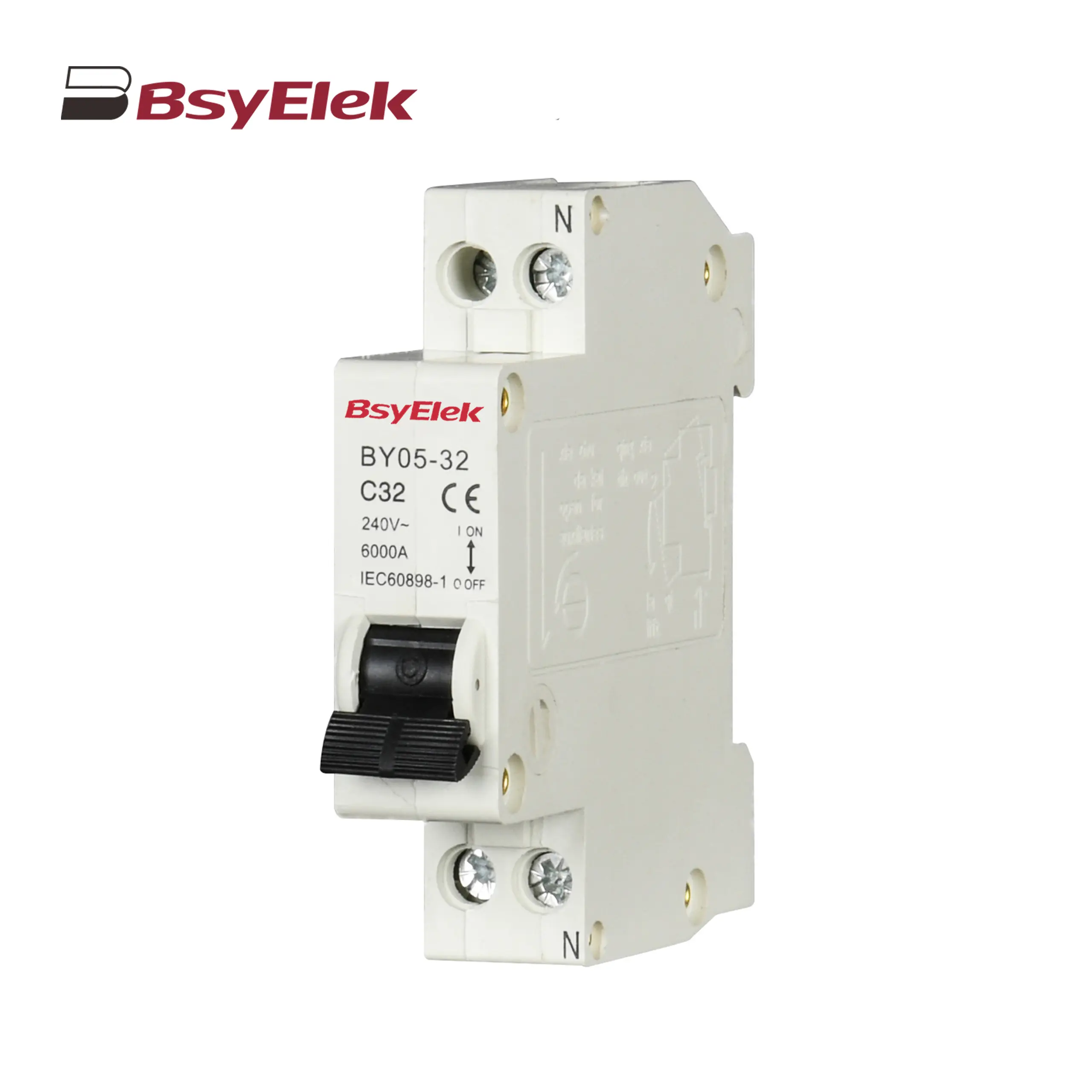 BY05-32 MCB Single Modular 3KA Miniature Circuit Breaker
BY05-32 MCB Single Modular 3KA Miniature Circuit Breaker
 BY04-63 MCB 6-10KA Miniature Circuit Breaker
BY04-63 MCB 6-10KA Miniature Circuit Breaker
 BY03H-63 MCB 6KA Miniature Circuit Breaker
BY03H-63 MCB 6KA Miniature Circuit Breaker
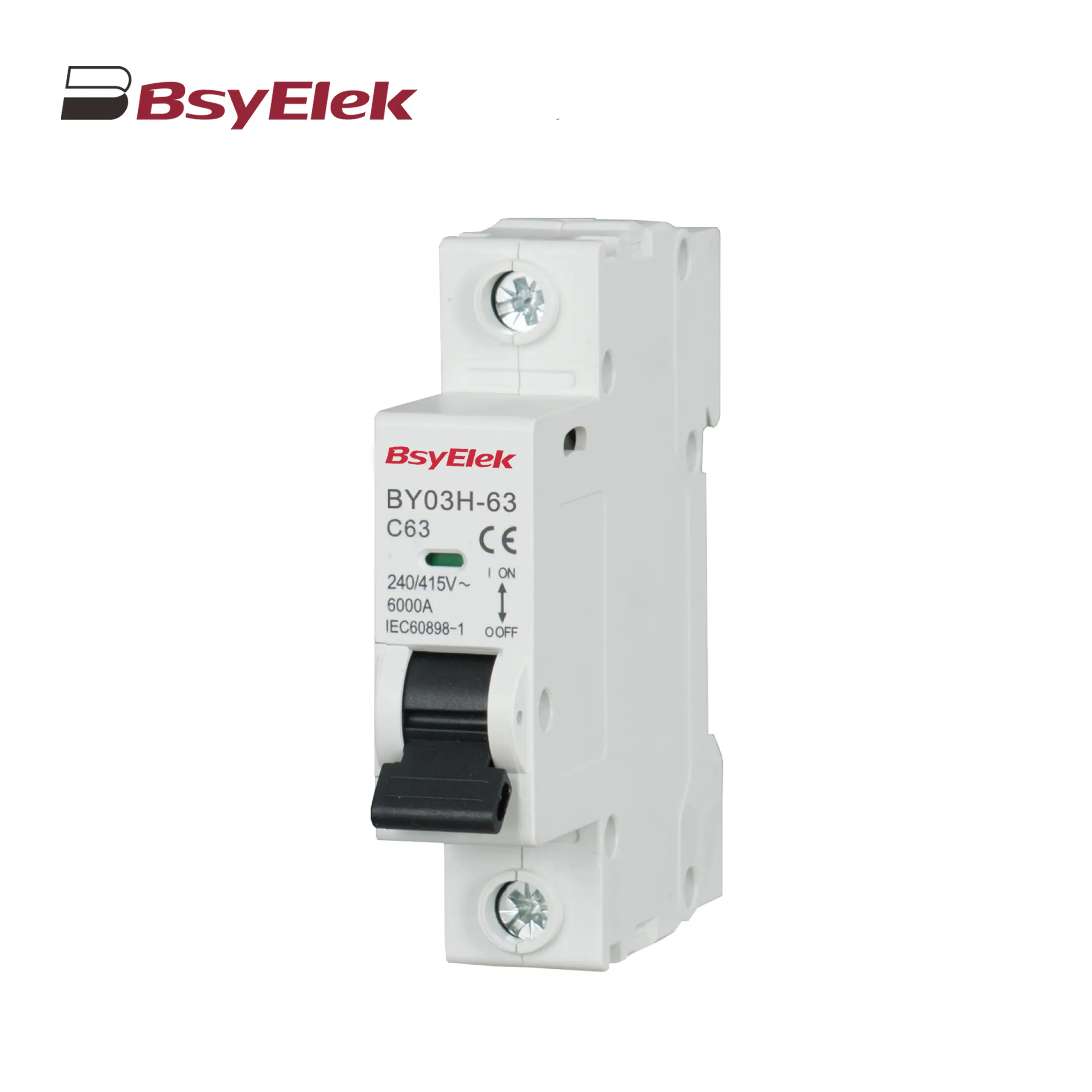 BY03-63 MCB 4.5KA Miniature Circuit Breaker
BY03-63 MCB 4.5KA Miniature Circuit Breaker
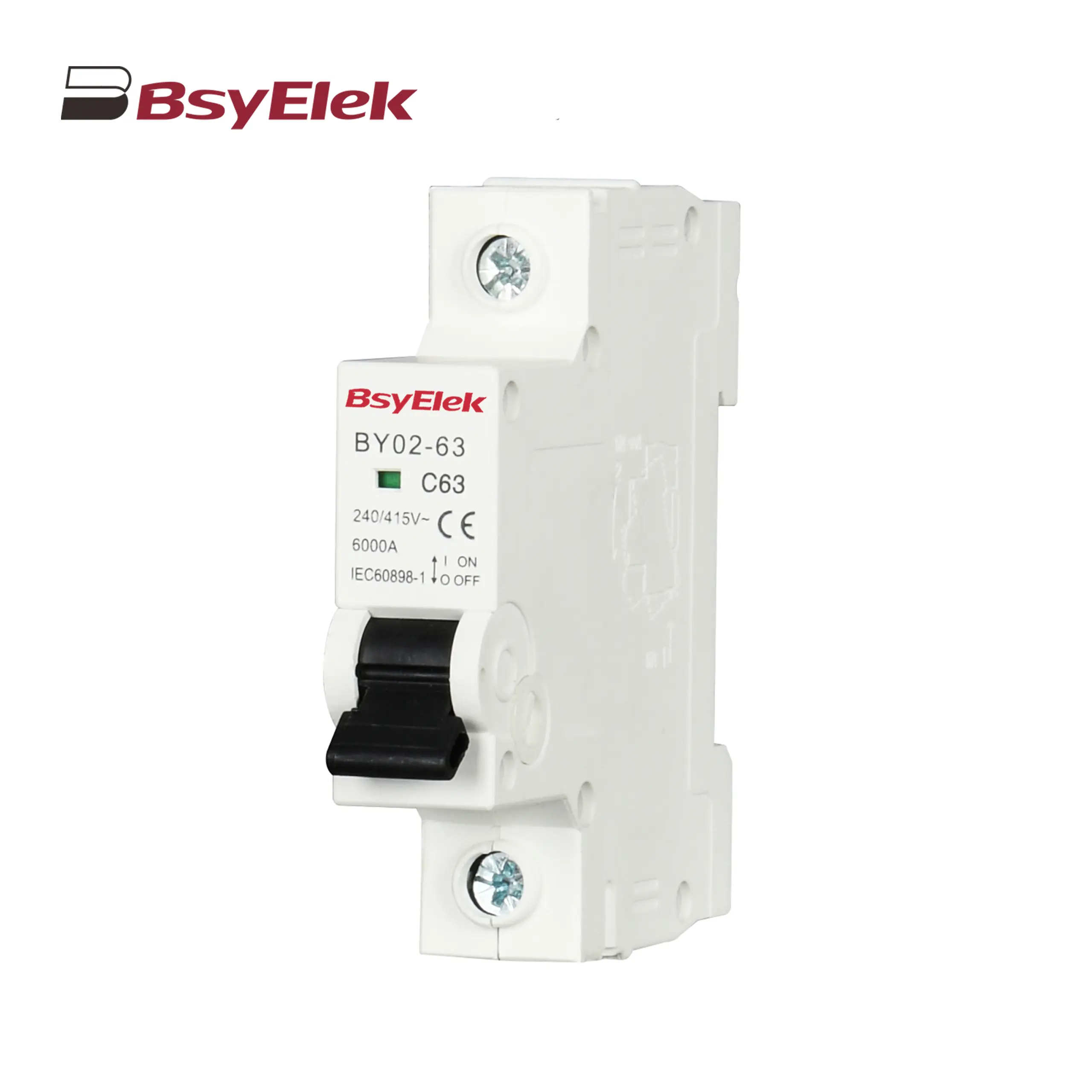 BY02-63 MCB 3kA Miniature Circuit Breaker
BY02-63 MCB 3kA Miniature Circuit Breaker
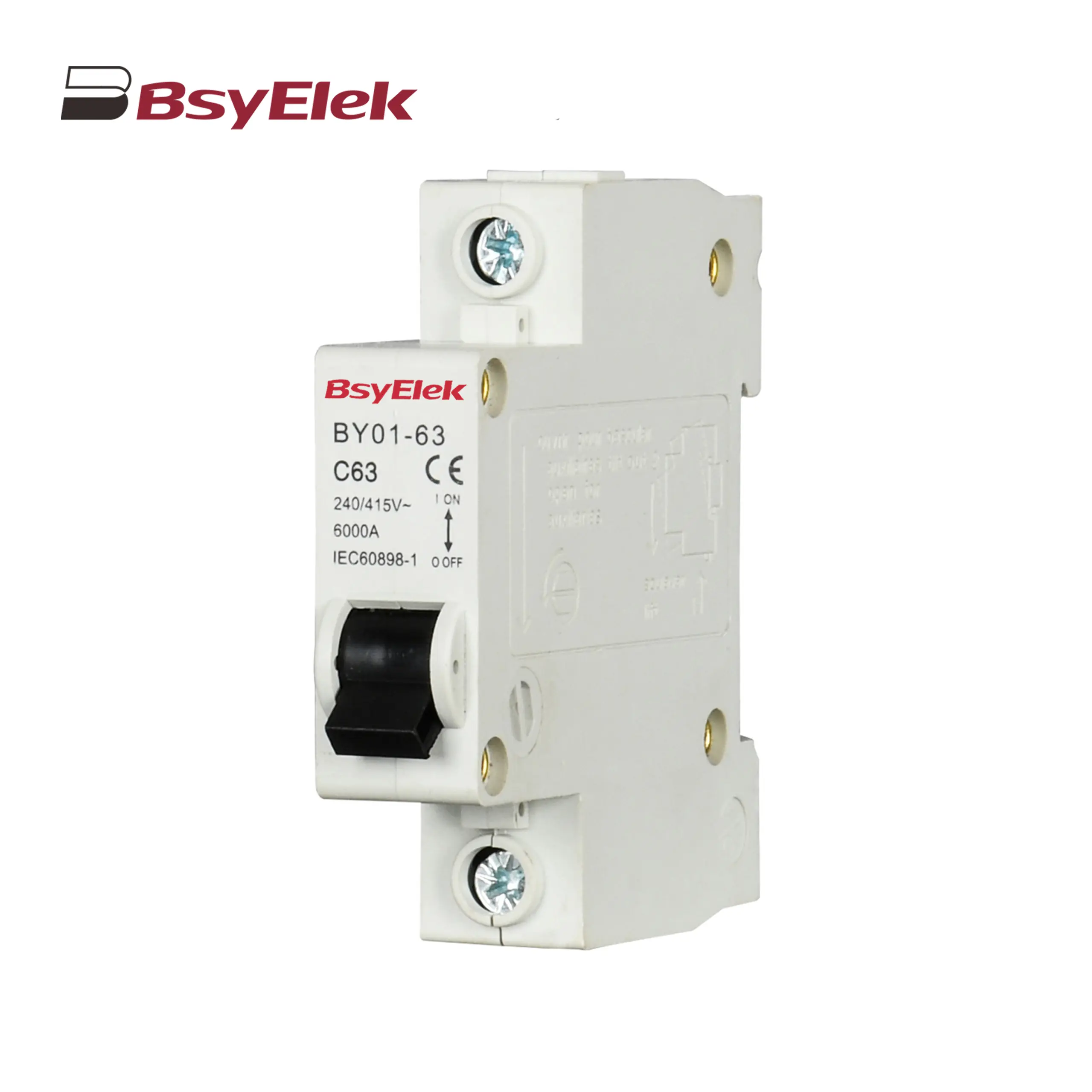 BY01-63 MCB 3kA Miniature Circuit Breaker
BY01-63 MCB 3kA Miniature Circuit Breaker
MCB Accessories
Main Switch
RCBO RCCB
 BY07L-63 RCCB 6KA Residual Current Circuit Breaker
BY07L-63 RCCB 6KA Residual Current Circuit Breaker
 BY05HL-40 RCBO 6KA Residual Current Circuit Breaker with Over-current Protection
BY05HL-40 RCBO 6KA Residual Current Circuit Breaker with Over-current Protection
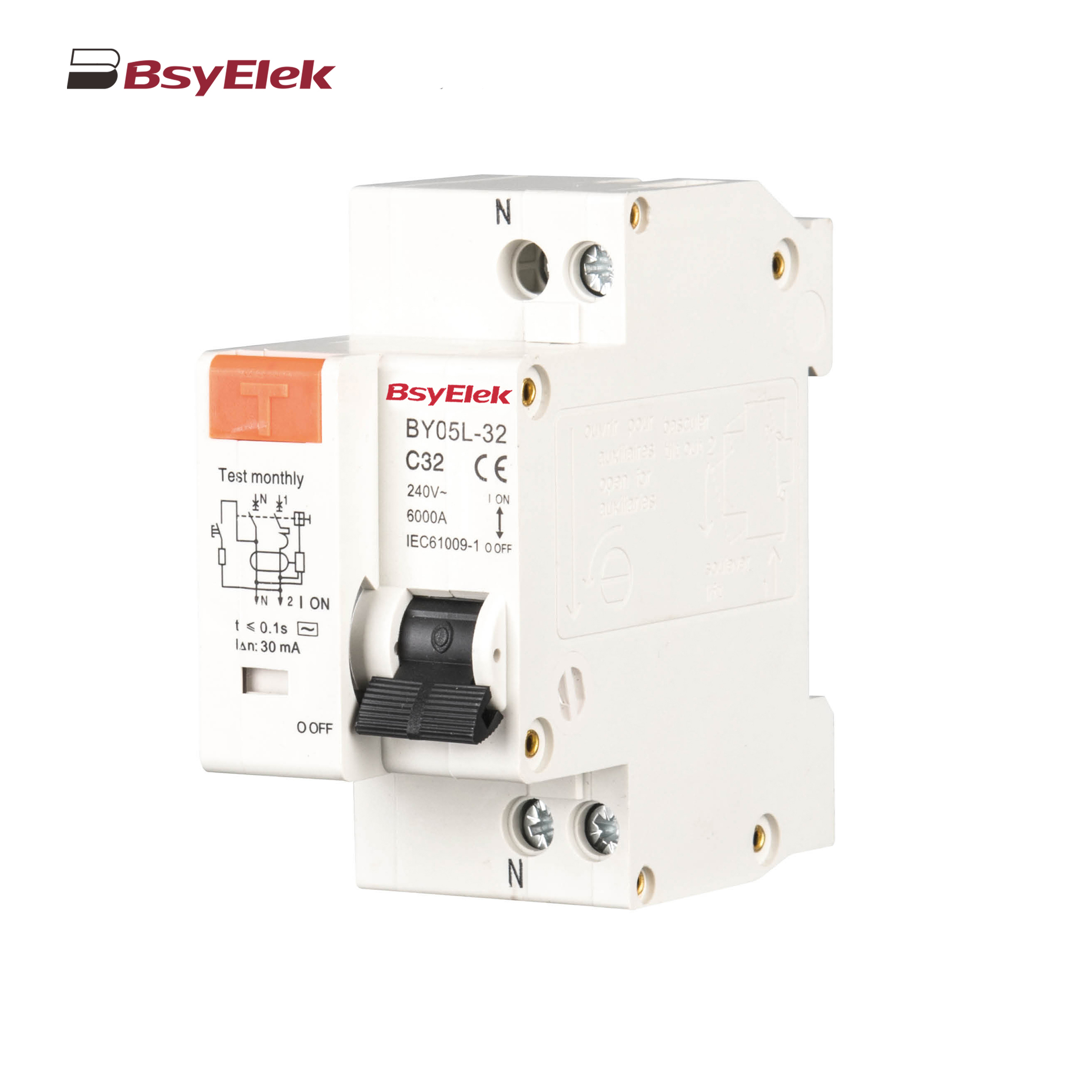 BY05L-32 RCBO 3KA Residual Current Circuit Breaker with Over-current Protection
BY05L-32 RCBO 3KA Residual Current Circuit Breaker with Over-current Protection
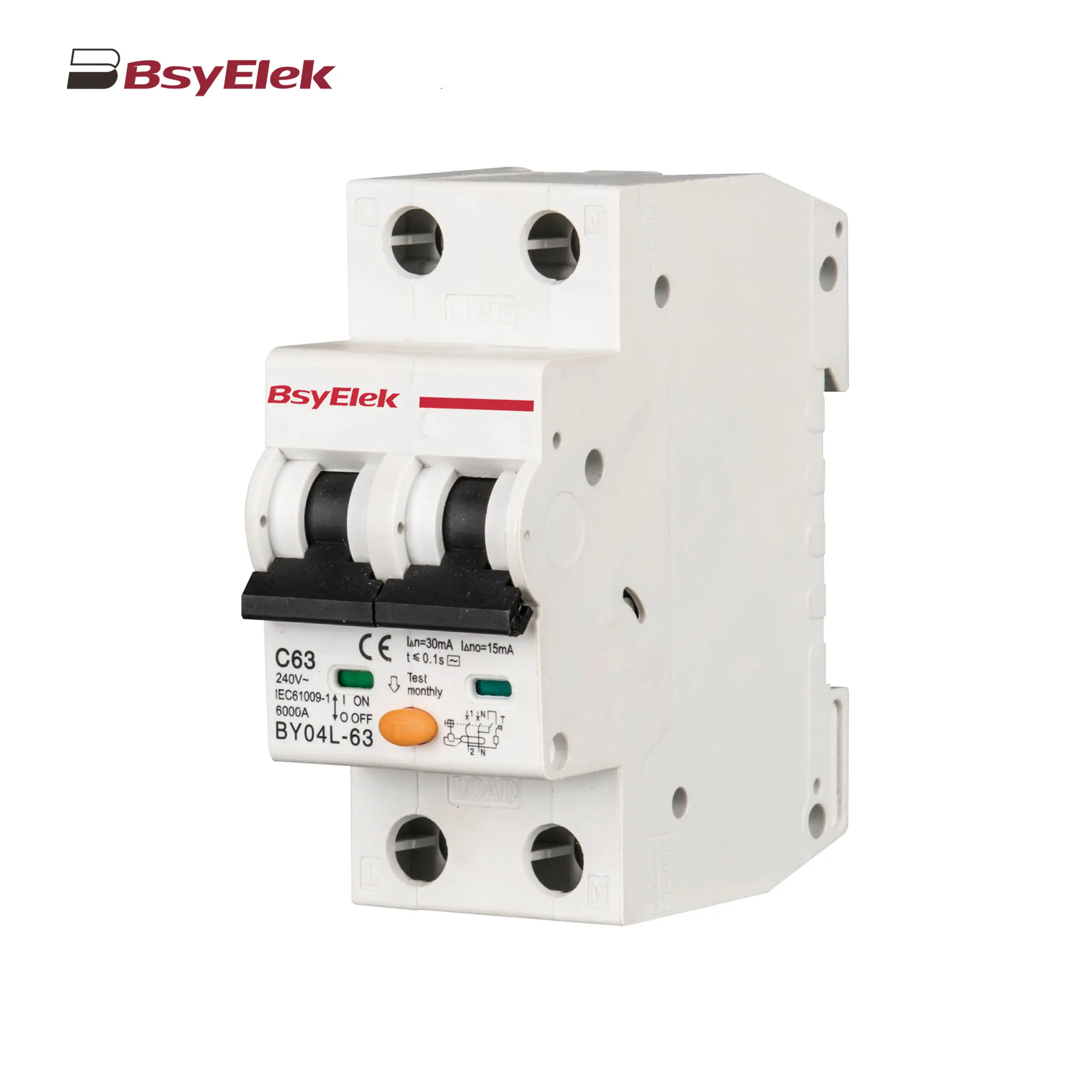 BY04L-63 RCBO 6KA Residual Current Circuit Breaker with Over-current Protection
BY04L-63 RCBO 6KA Residual Current Circuit Breaker with Over-current Protection
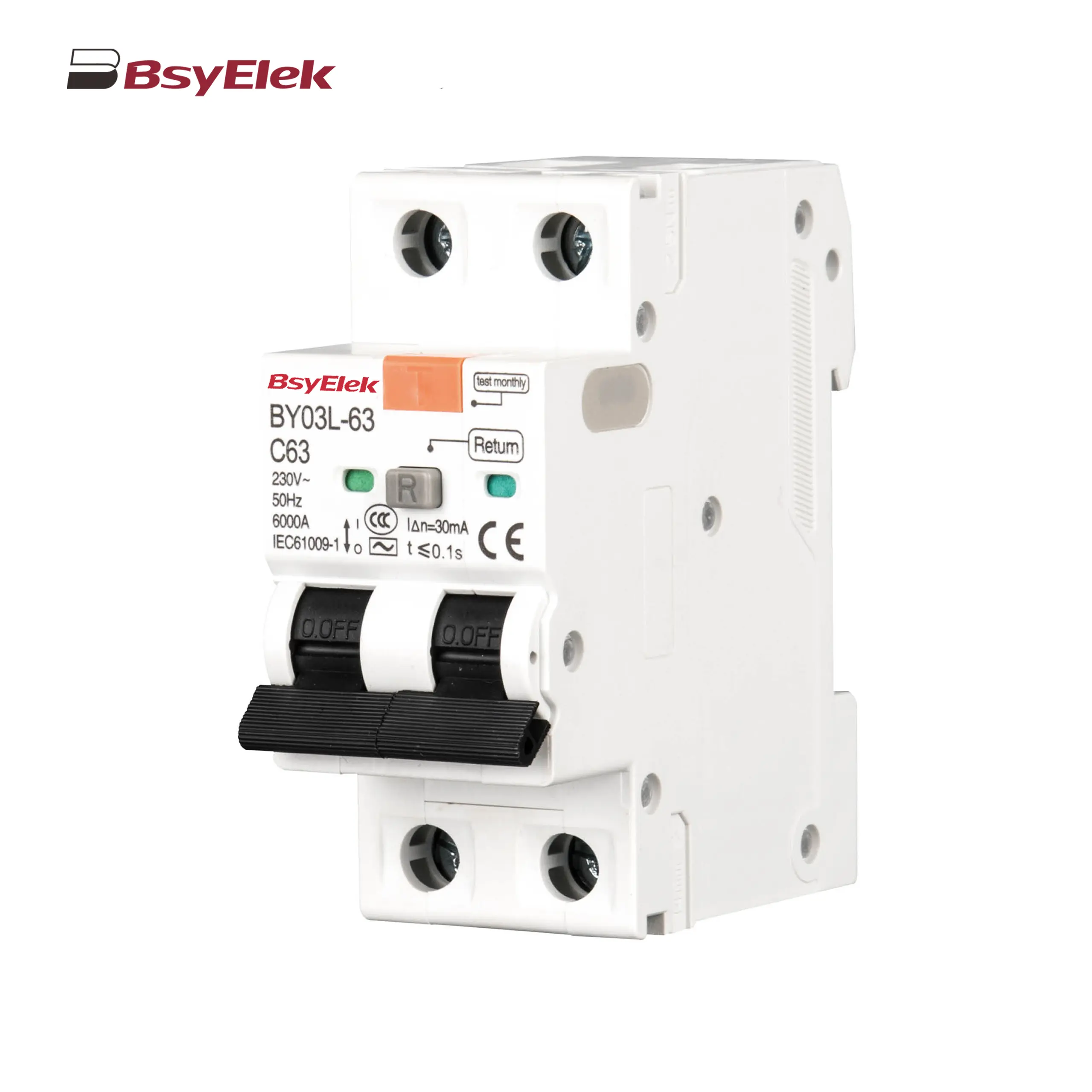 BY03L-63 RCBO 4.5KA Residual Current Circuit Breaker with Over-current Protection
BY03L-63 RCBO 4.5KA Residual Current Circuit Breaker with Over-current Protection
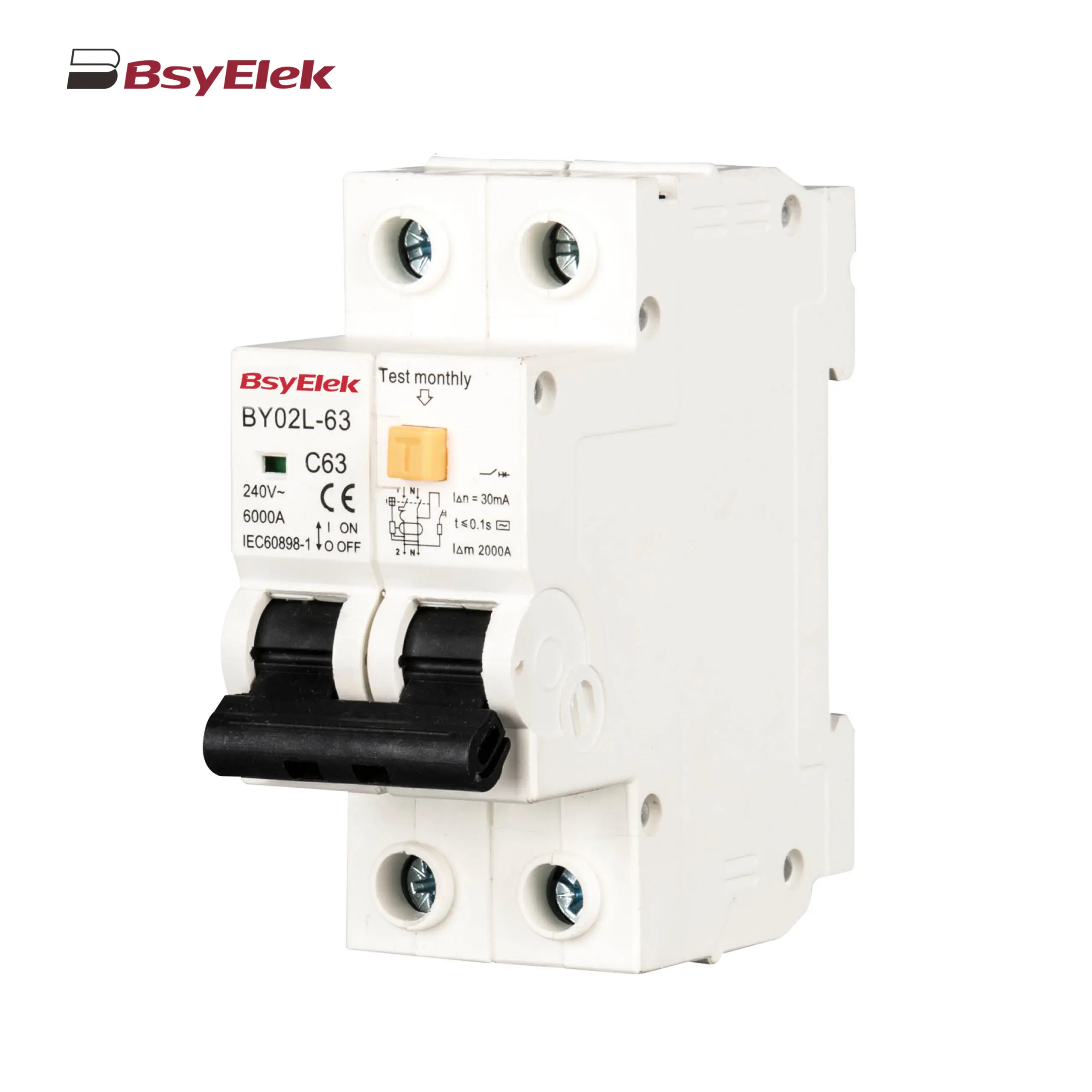 BY02L-63 RCBO 3KA Residual Current Circuit Breaker with Over-current Protection
BY02L-63 RCBO 3KA Residual Current Circuit Breaker with Over-current Protection
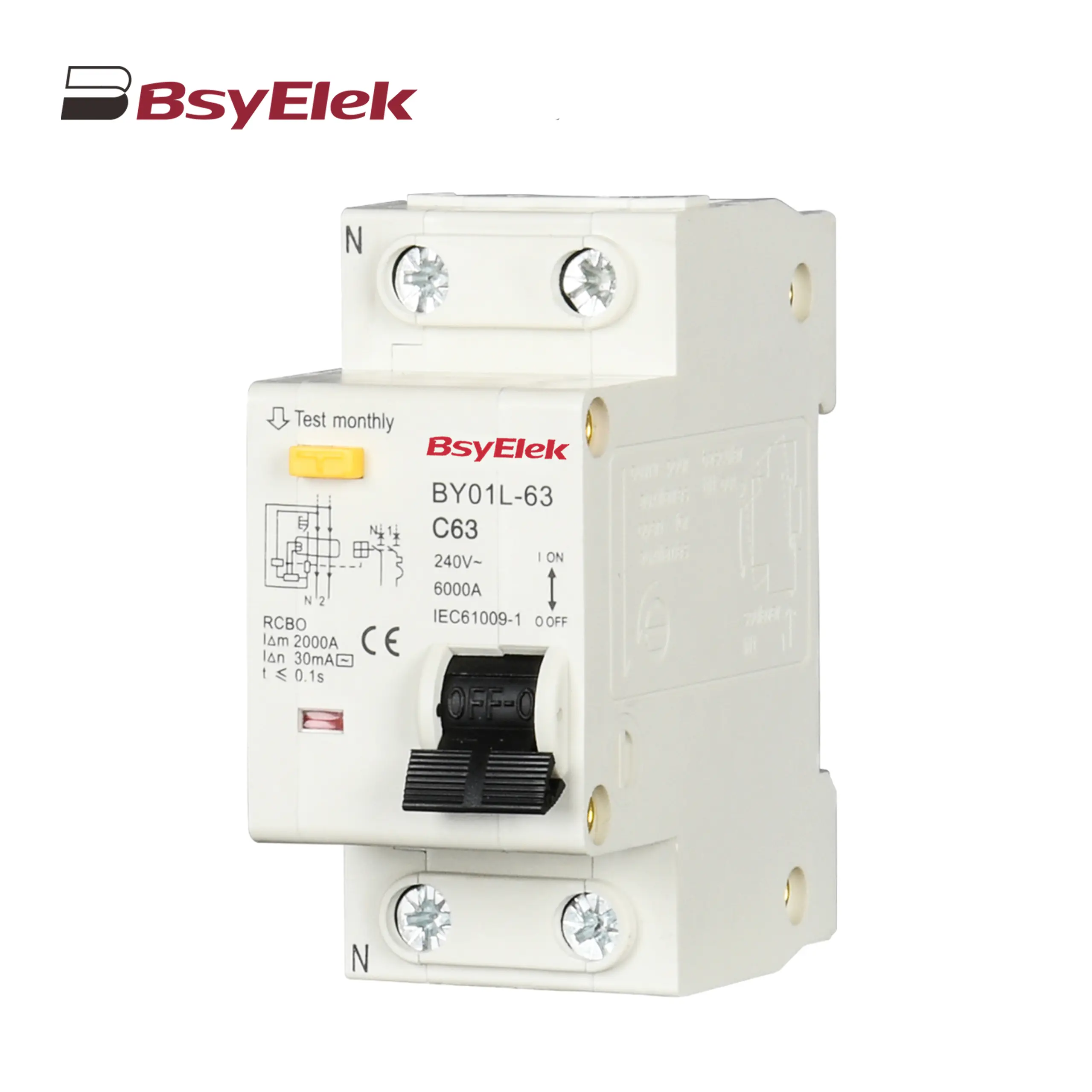 BY01L-63 RCBO 1P+N 3KA Residual Current Circuit Breaker with Over-current Protection
BY01L-63 RCBO 1P+N 3KA Residual Current Circuit Breaker with Over-current Protection
Resettable Overvoltage and Undervoltage Protector
AC Contactor
AC Surge Protective Device
Changeover Switch
Photovoltaic System Protection
DC Miniature Circuit Breaker
 BY06H-125DC MCB 10-15kA DC Miniature Circuit Breaker
BY06H-125DC MCB 10-15kA DC Miniature Circuit Breaker
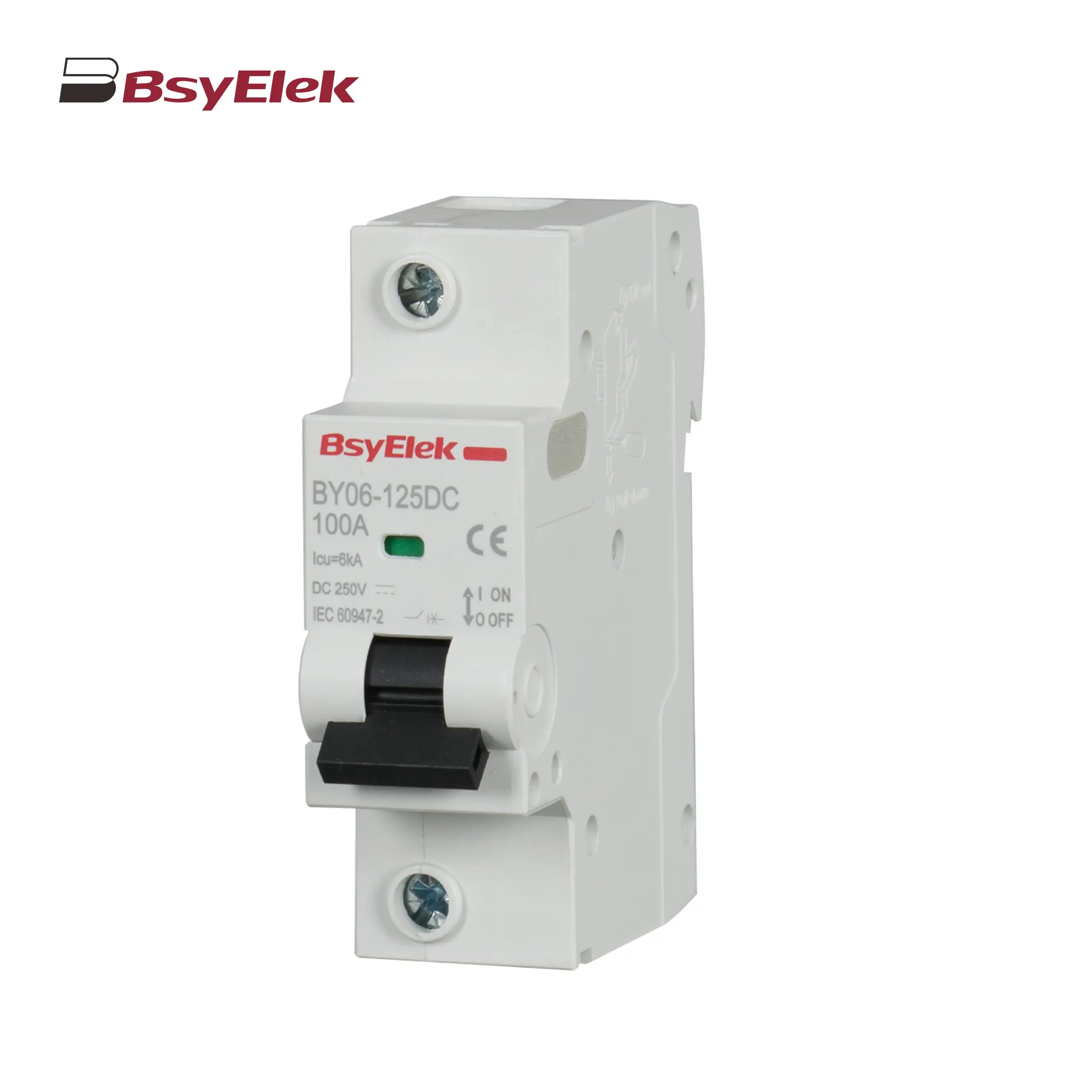 BY06-125DC MCB 6kA DC Miniature Circuit Breaker
BY06-125DC MCB 6kA DC Miniature Circuit Breaker
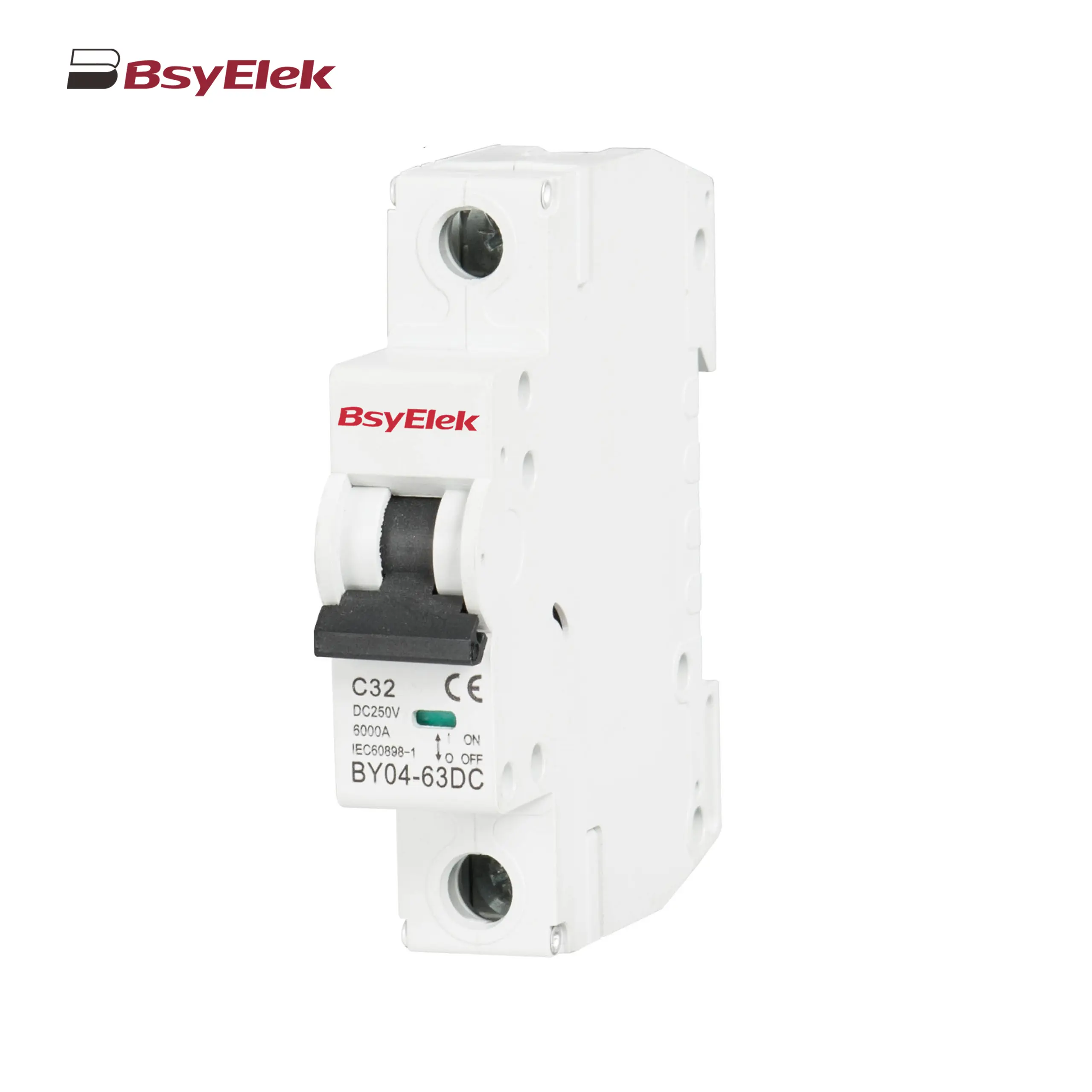 BY04-63DC MCB 6-10kA DC Miniature Circuit Breaker
BY04-63DC MCB 6-10kA DC Miniature Circuit Breaker
 BY03H-63DC MCB 6kA DC Miniature Circuit Breaker
BY03H-63DC MCB 6kA DC Miniature Circuit Breaker
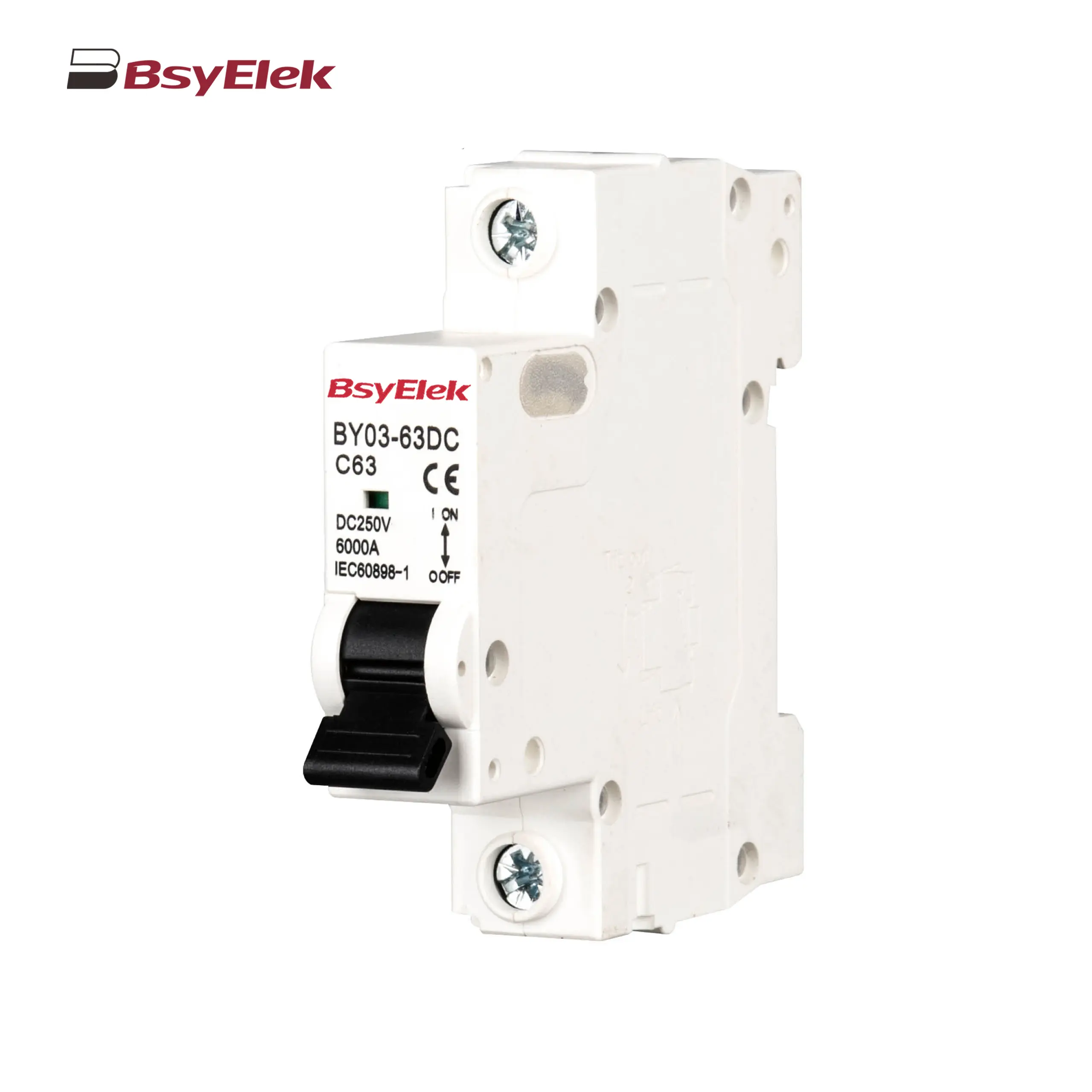 BY03-63DC MCB 4.5kA DC Miniature Circuit Breaker
BY03-63DC MCB 4.5kA DC Miniature Circuit Breaker
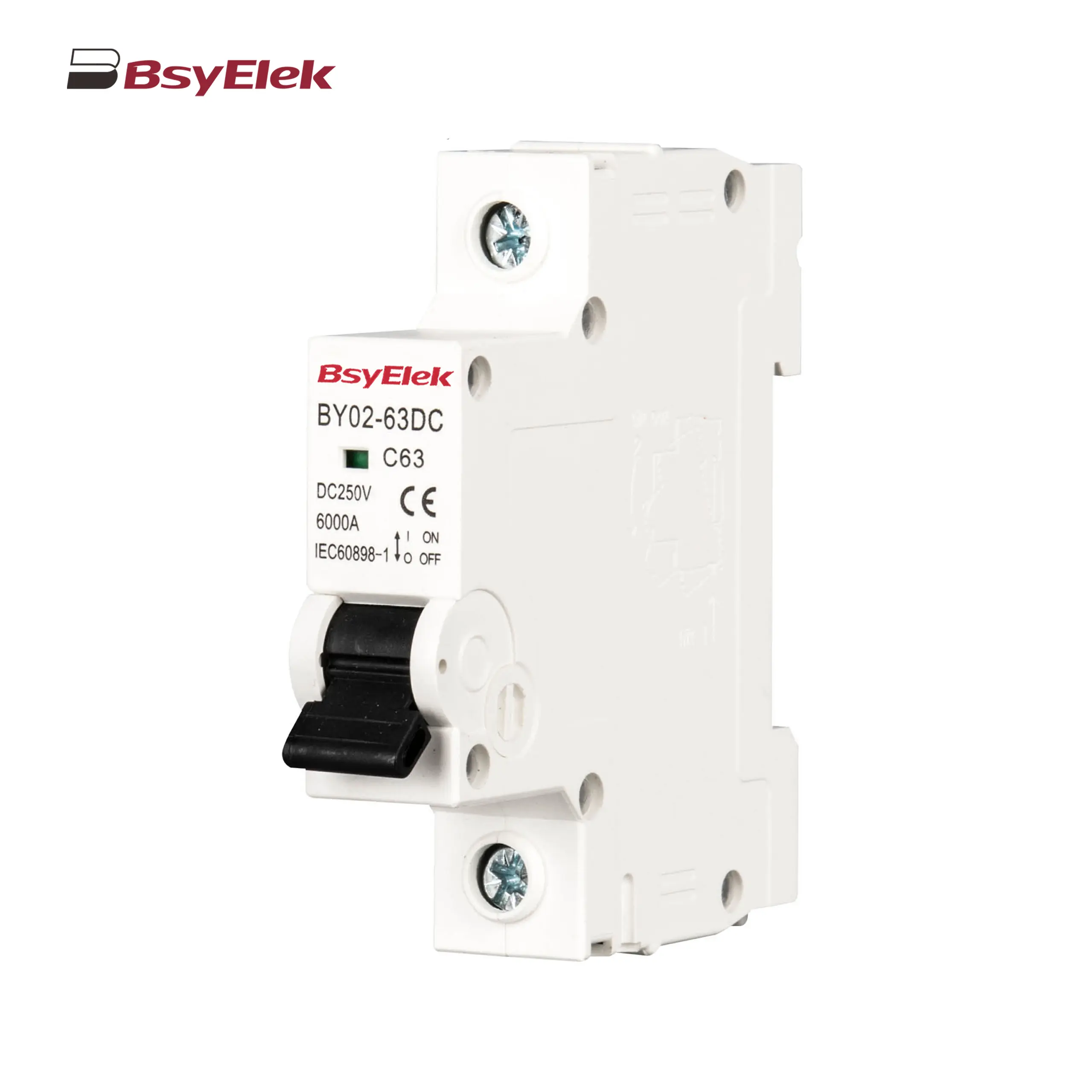 BY02-63DC MCB 3kA DC Miniature Circuit Breaker
BY02-63DC MCB 3kA DC Miniature Circuit Breaker
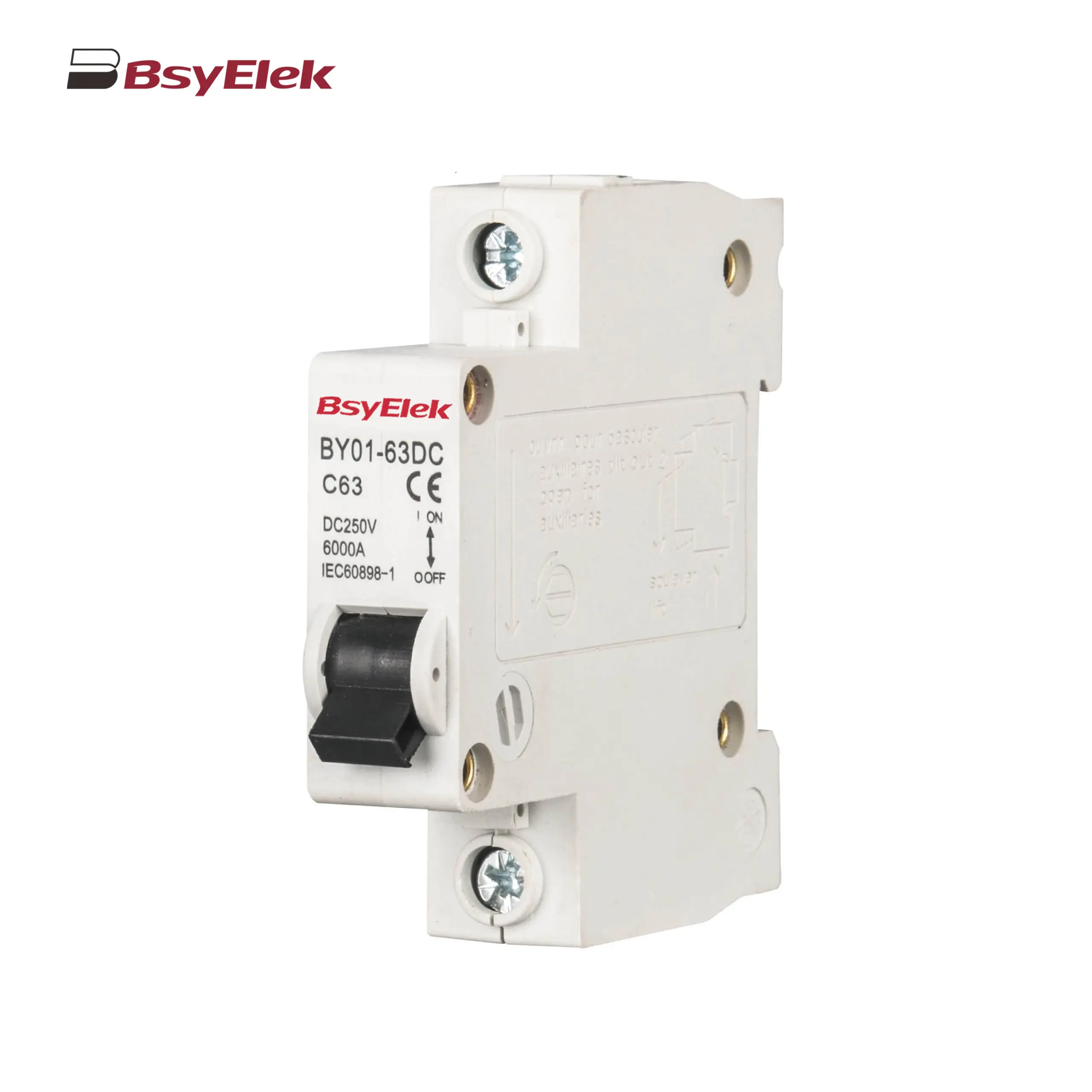 BY01-63DC MCB 3kA DC Miniature Circuit Breaker
BY01-63DC MCB 3kA DC Miniature Circuit Breaker
RCD
DC Surge Protective Device
DC Fuse
PV Isolator Switch
PV Connector
Cable Gland
PV Cable
PV Knife Switch
DC Molded Case Circuit Breaker
Industrial Power Distribution Electric
Distribution Box
Air Conditioning System
Definite Purpose Magnetic Contactor
Condensate Pump
 BY-5018 1.8M Engineering Drainage Pump
BY-5018 1.8M Engineering Drainage Pump
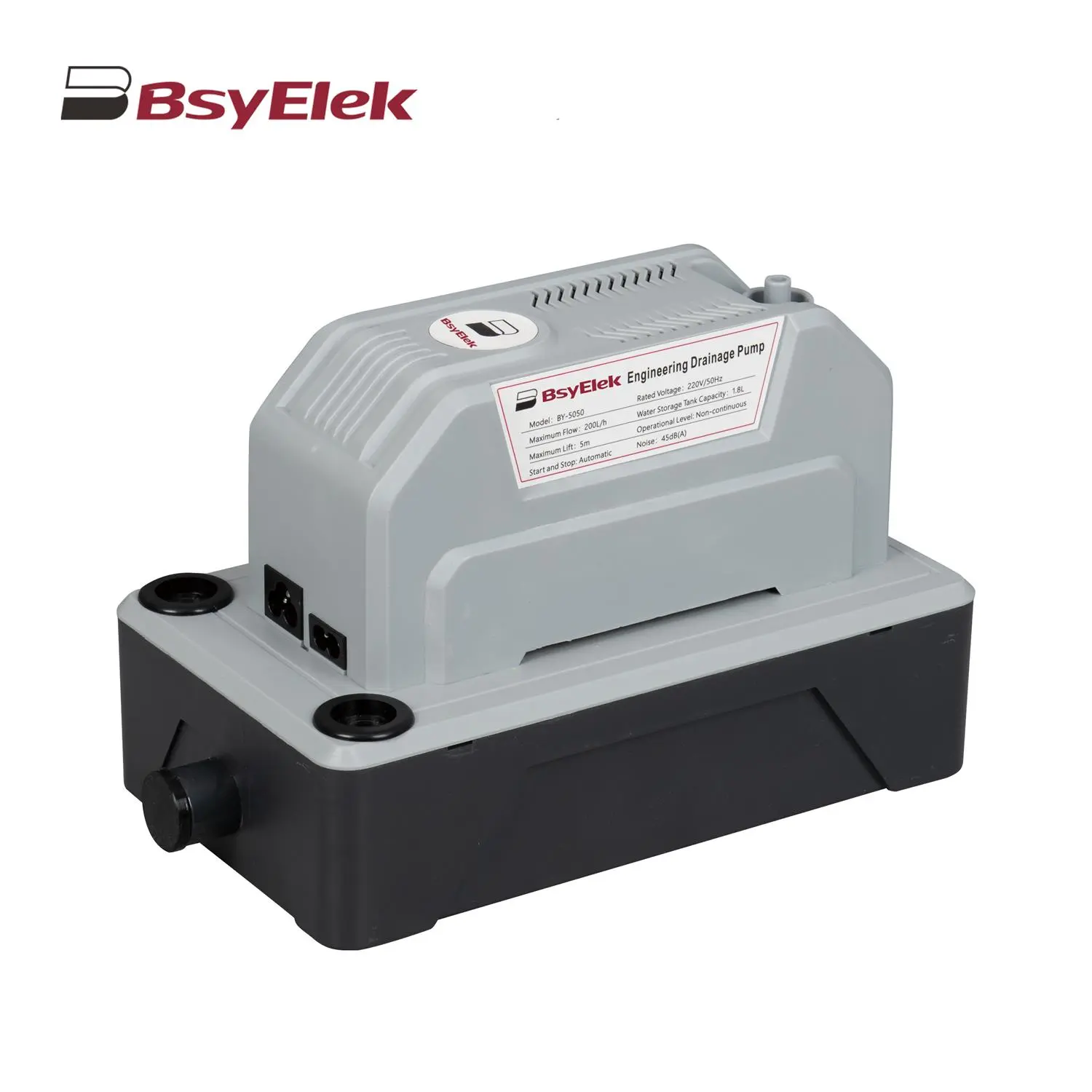 BY-5050 5M Engineering Drainage Pump
BY-5050 5M Engineering Drainage Pump
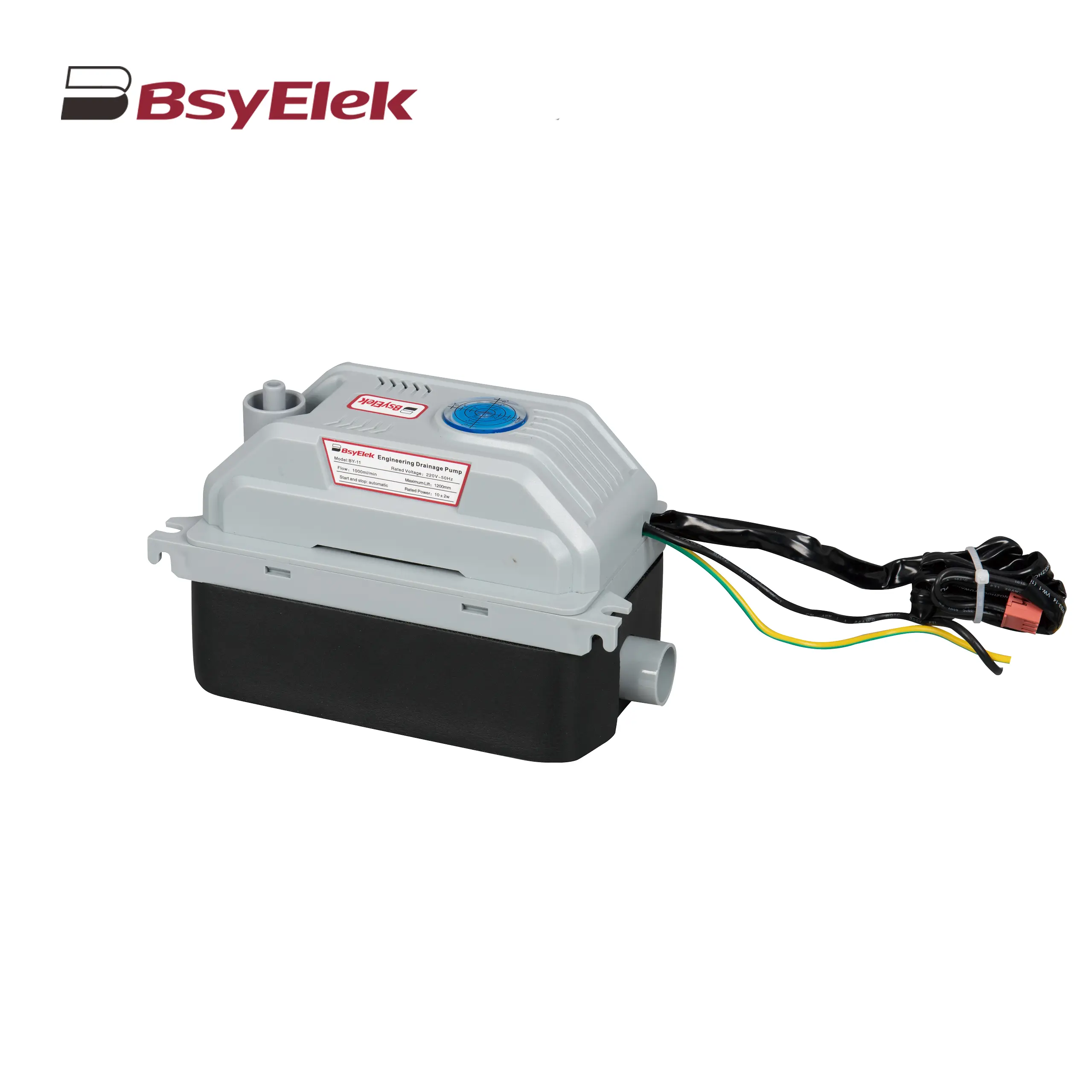 BY-11 1.2M Engineering Drainage Pump
BY-11 1.2M Engineering Drainage Pump
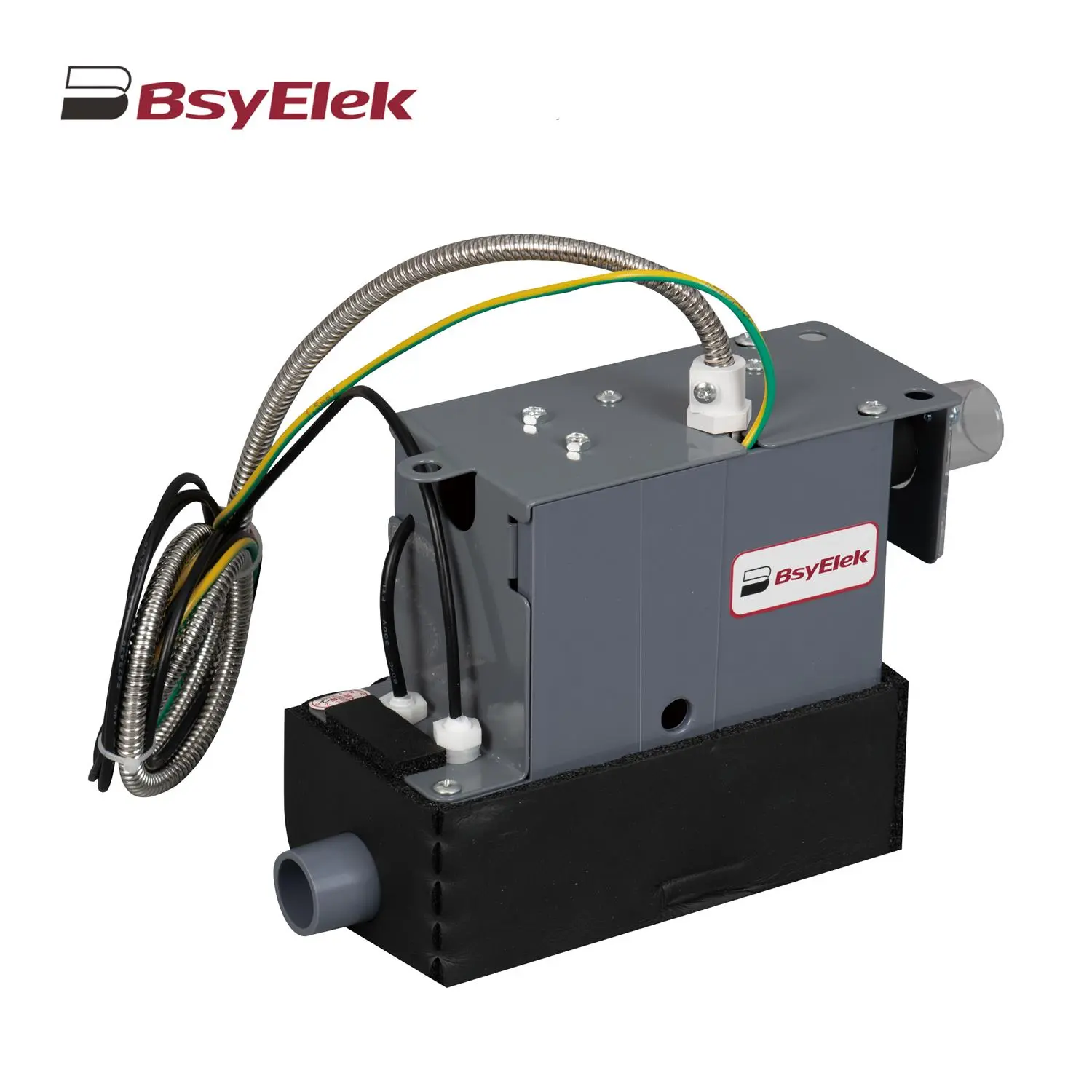 SBH-05 0.7M Original Drainage Pump of Duct Type Air Conditioner
SBH-05 0.7M Original Drainage Pump of Duct Type Air Conditioner
 BY-24A/40A 10M Drainage Pump of Air Conditioner
BY-24A/40A 10M Drainage Pump of Air Conditioner
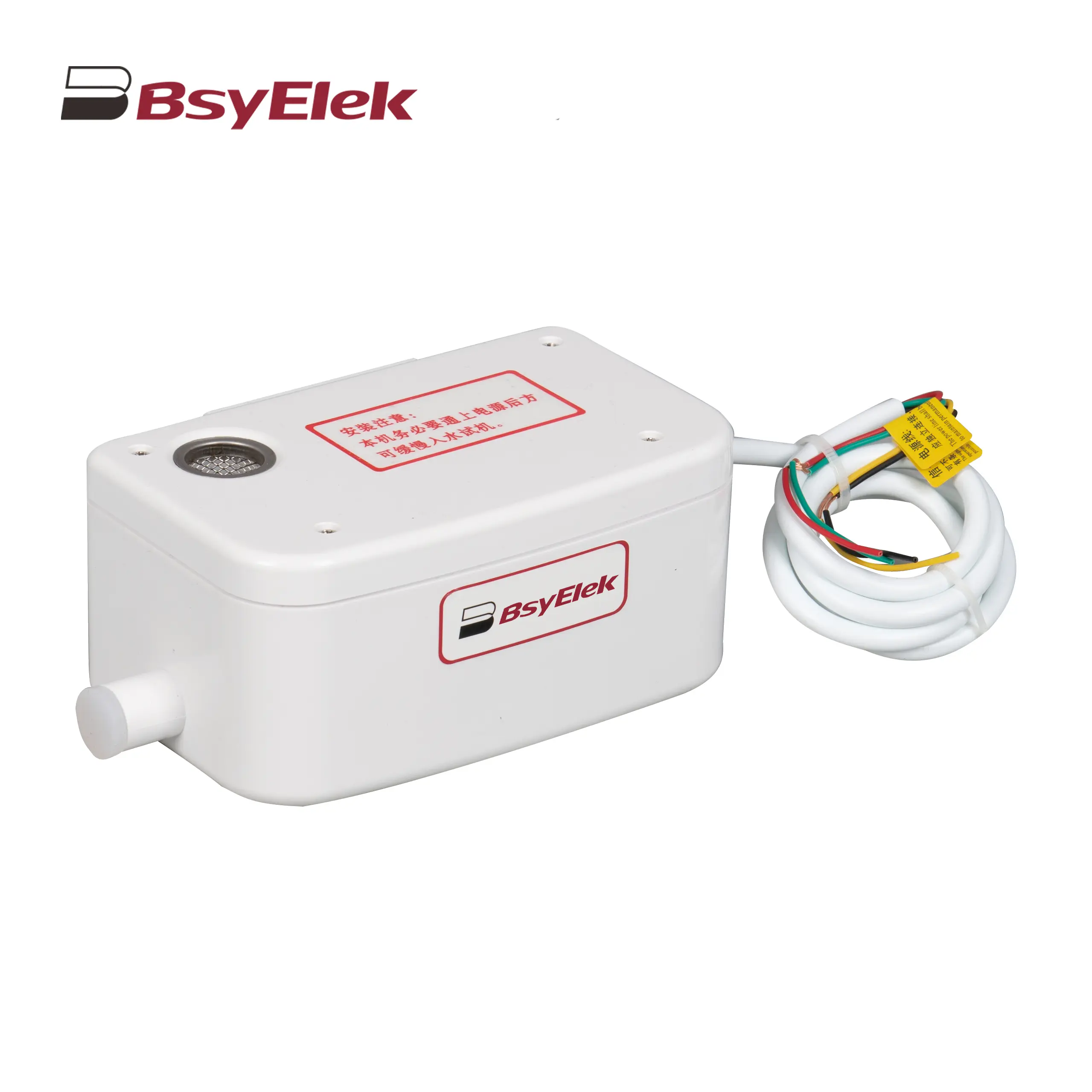 BY-50A 12M Drainage Pump of Air Conditioner
BY-50A 12M Drainage Pump of Air Conditioner
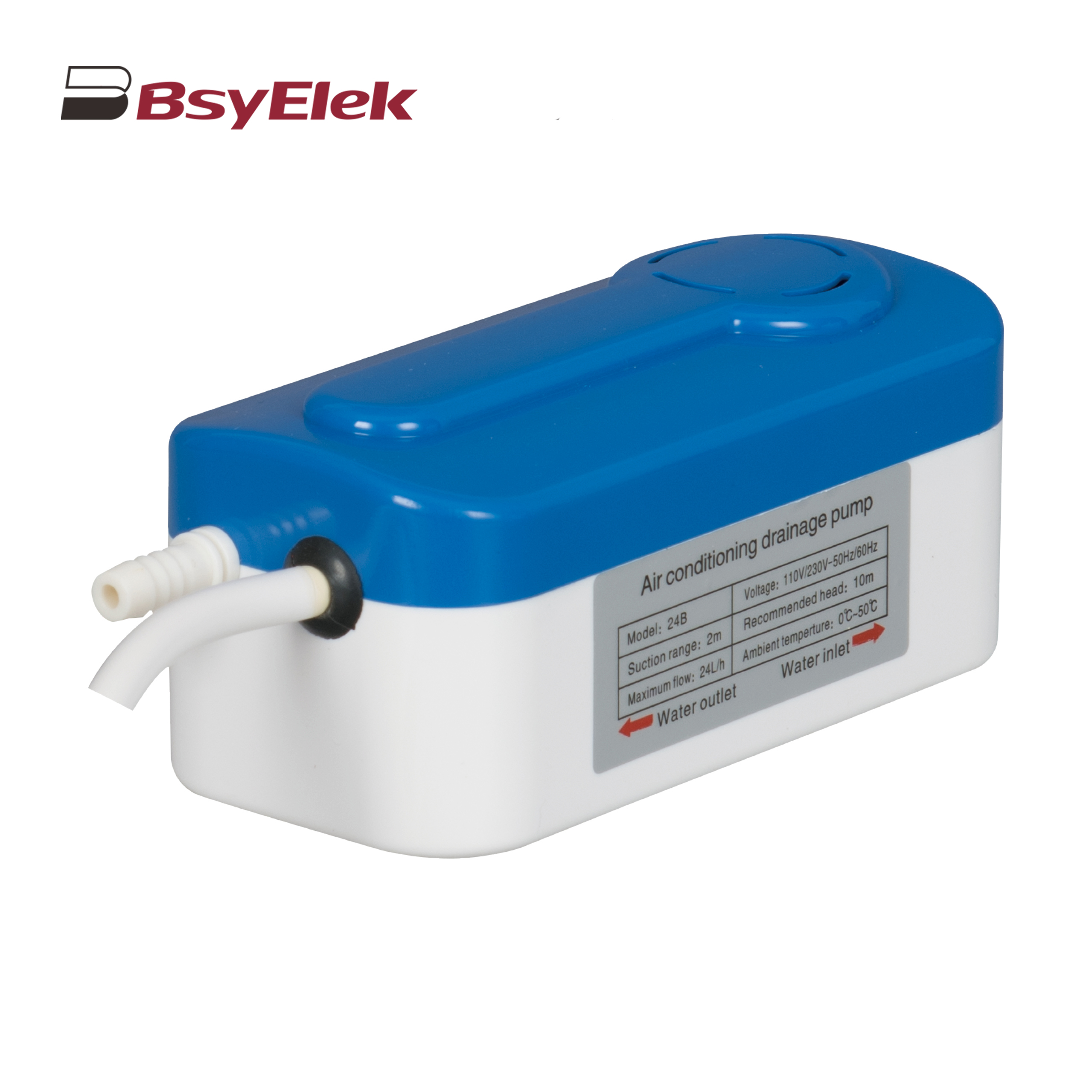 BY-24B/40B 10M Split Type Drainage Pump
BY-24B/40B 10M Split Type Drainage Pump
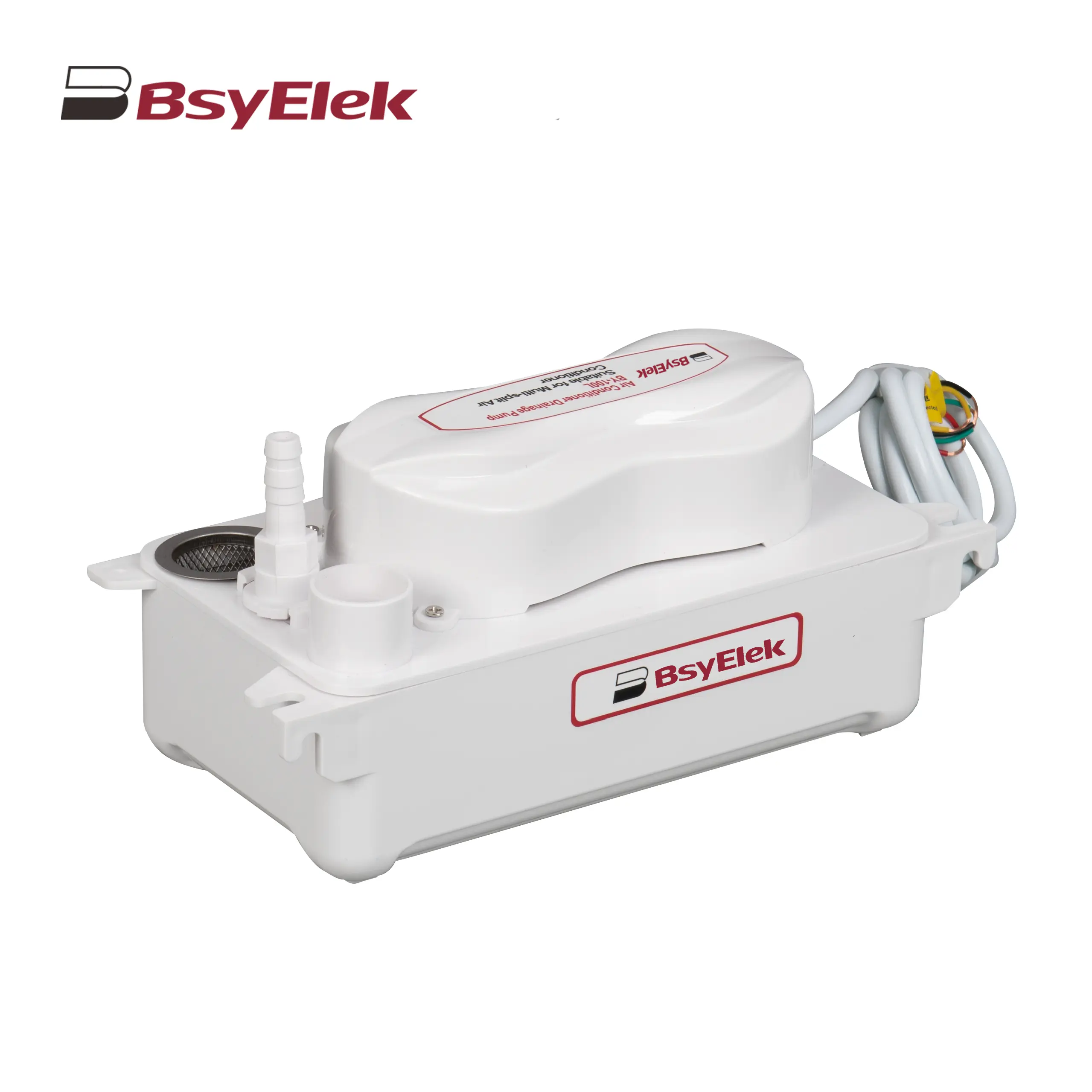 BY-100L 2M Drainage Pump of Air Conditioner
BY-100L 2M Drainage Pump of Air Conditioner
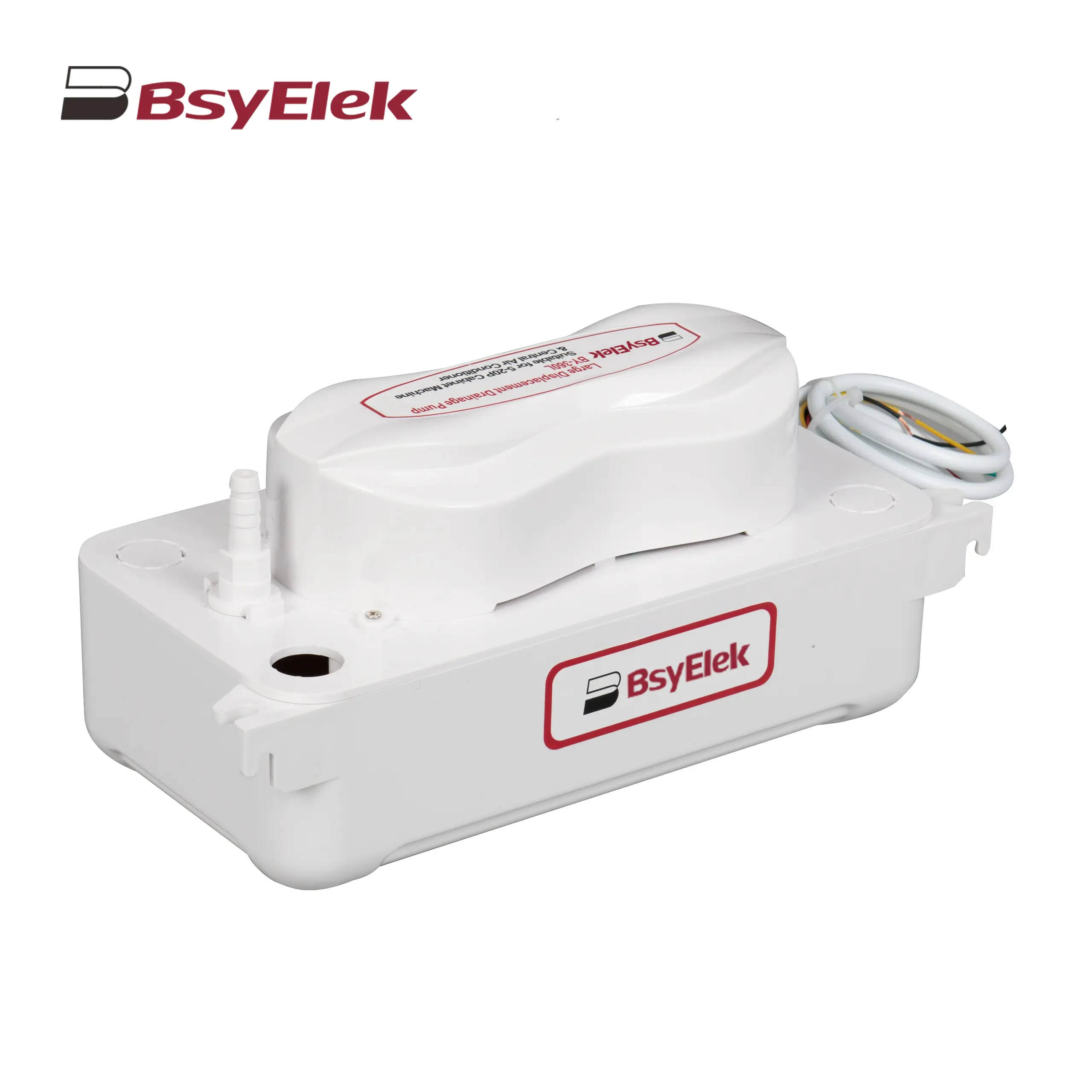 BY-360L 6M Large Displacement Drainage Pump
BY-360L 6M Large Displacement Drainage Pump
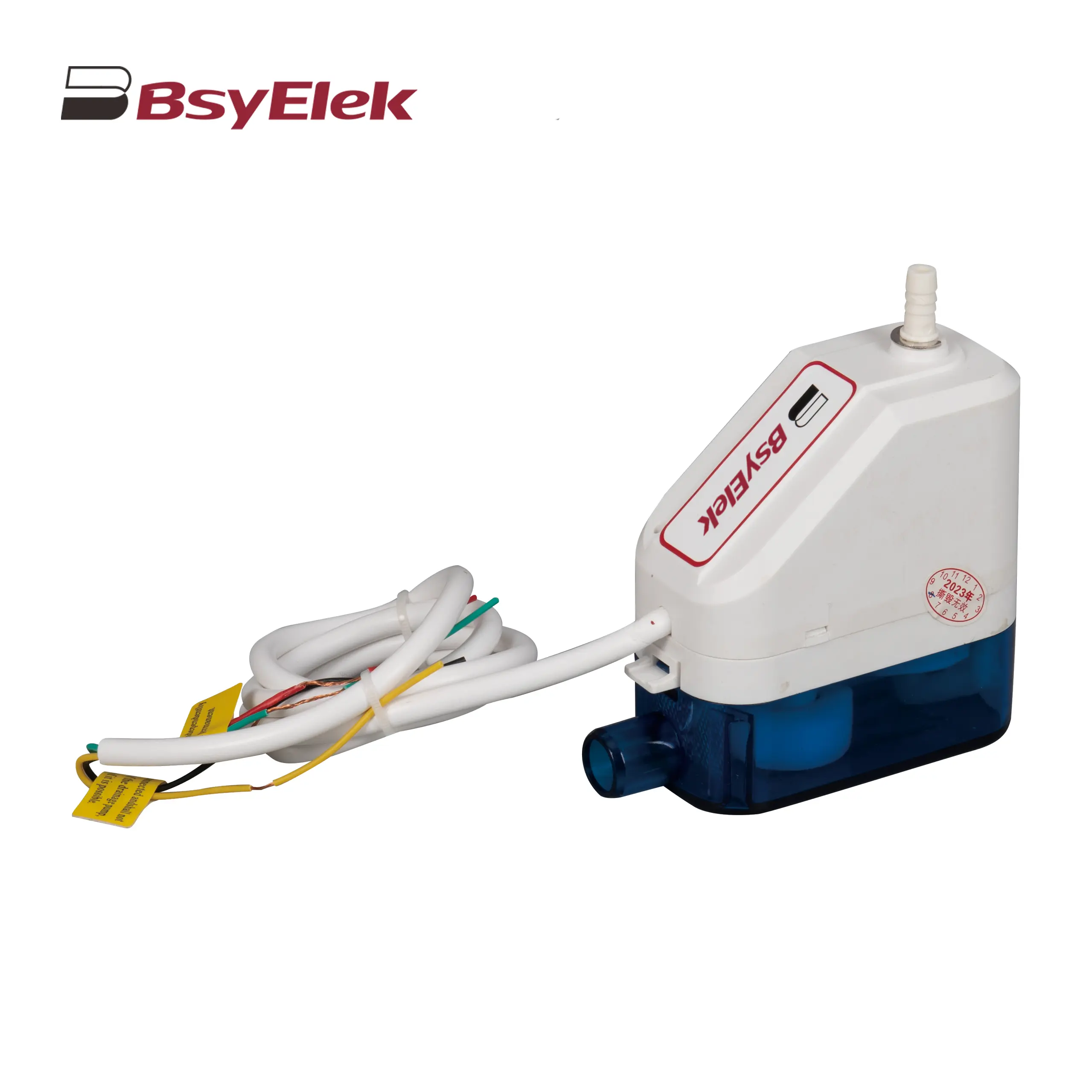 BY-24C/40C 10M Corner Drainage Pump
BY-24C/40C 10M Corner Drainage Pump
News
Top Blog
Company News
Industry Dynamics
What is a miniature circuit breaker (MCB)?
PG Series Waterproof Cable Glands with Washer for Harsh Environments
LWSF-125 125A Manual Changeover Switch ensures reliable power transfer
BYX2 AC contactor series: reliable power control for modern electrical systems
High-performance 1000V DC fuse holder optimizes solar photovoltaic system protection
BY07L-63 Residual Current Circuit Breaker Ensures Global Electrical Safety
BYQ5 ATS Isolation Dual Power Automatic Transfer Switch
BY19G 63A Manual Changeover Switch: Features and Benefits
Support
Blog
Contact Us





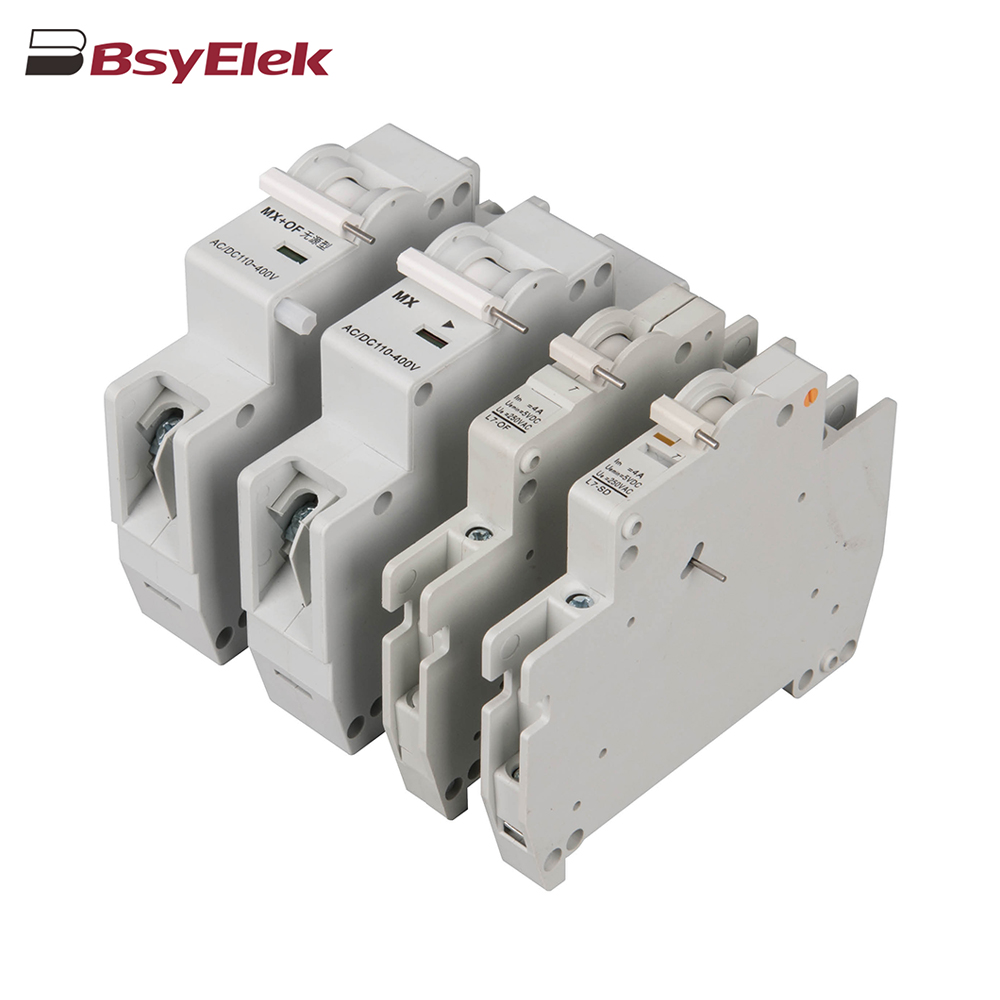 OF SD MX OF MCB Miniature Circuit Breaker Accessories
OF SD MX OF MCB Miniature Circuit Breaker Accessories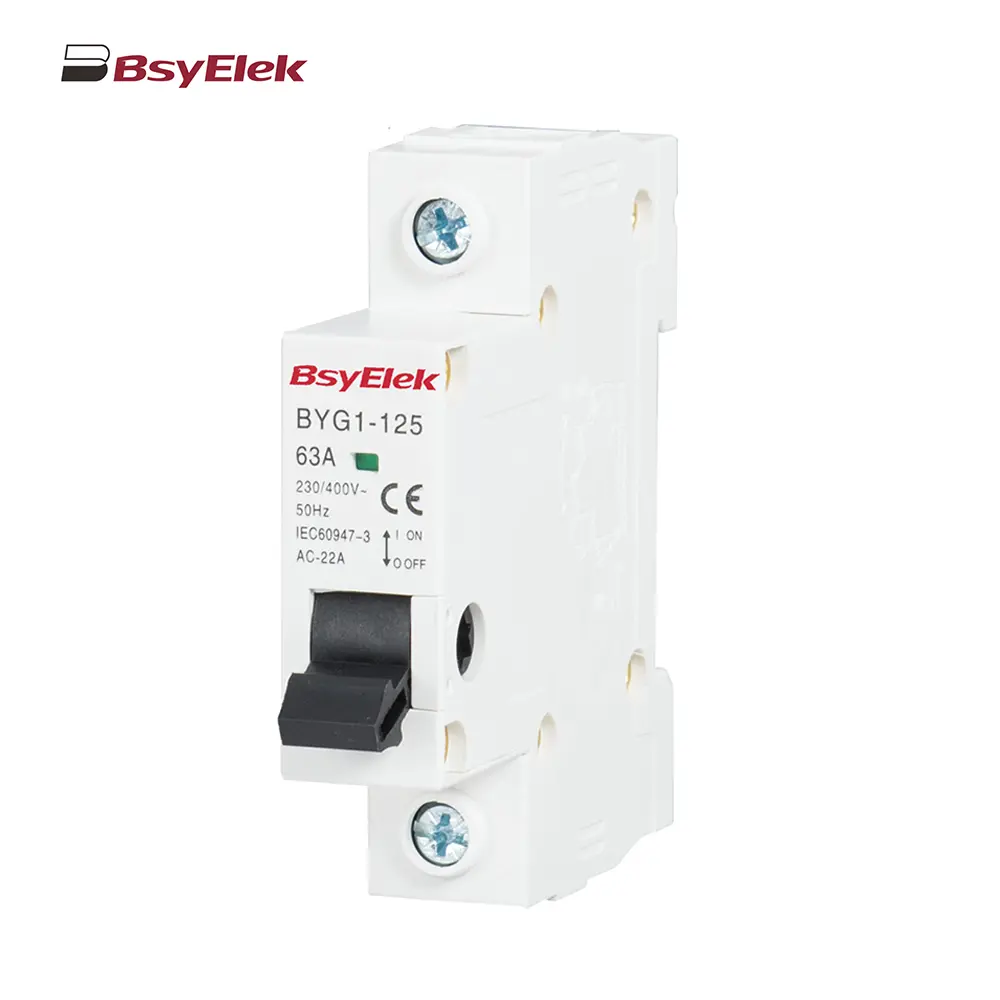 BYG1-125 Main Switch MCB Isolator Switch
BYG1-125 Main Switch MCB Isolator Switch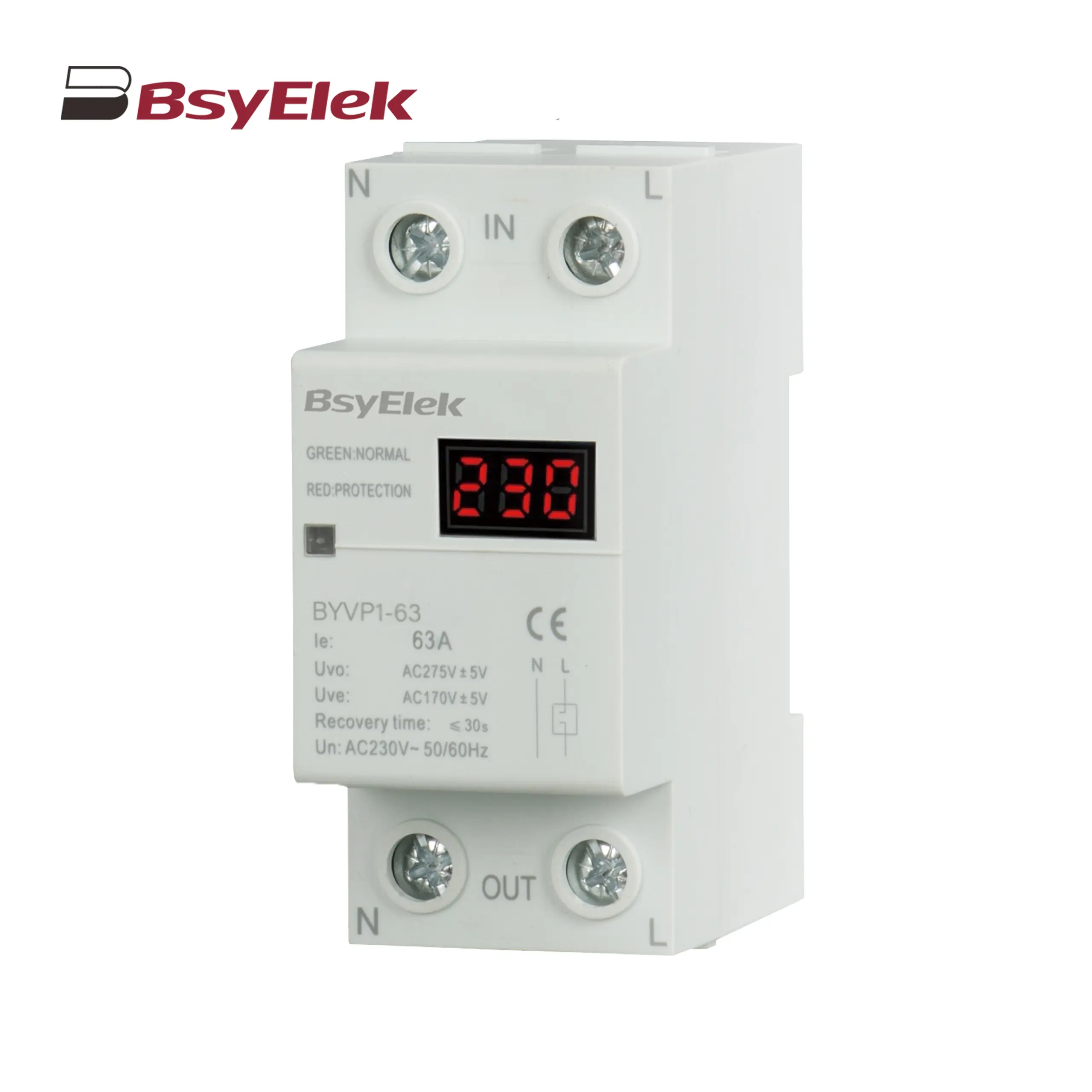 BYVP1-63 100A Single Display Overvoltage and Undervoltage Protector
BYVP1-63 100A Single Display Overvoltage and Undervoltage Protector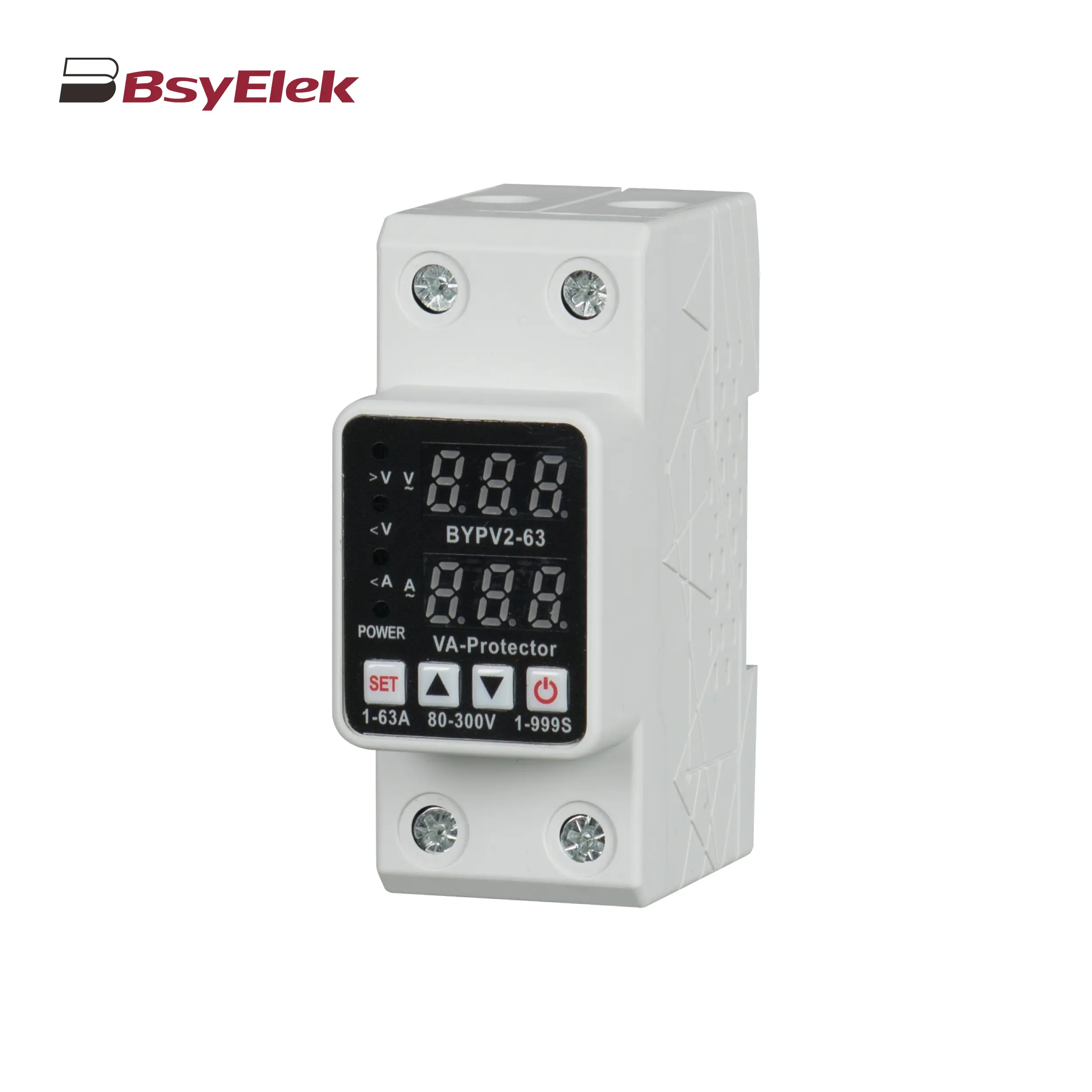 BYVP2-63 40A 63A Adjustable Dual Display Overvoltage and Undervoltage Protector
BYVP2-63 40A 63A Adjustable Dual Display Overvoltage and Undervoltage Protector BYX2 6-95A AC Contactor
BYX2 6-95A AC Contactor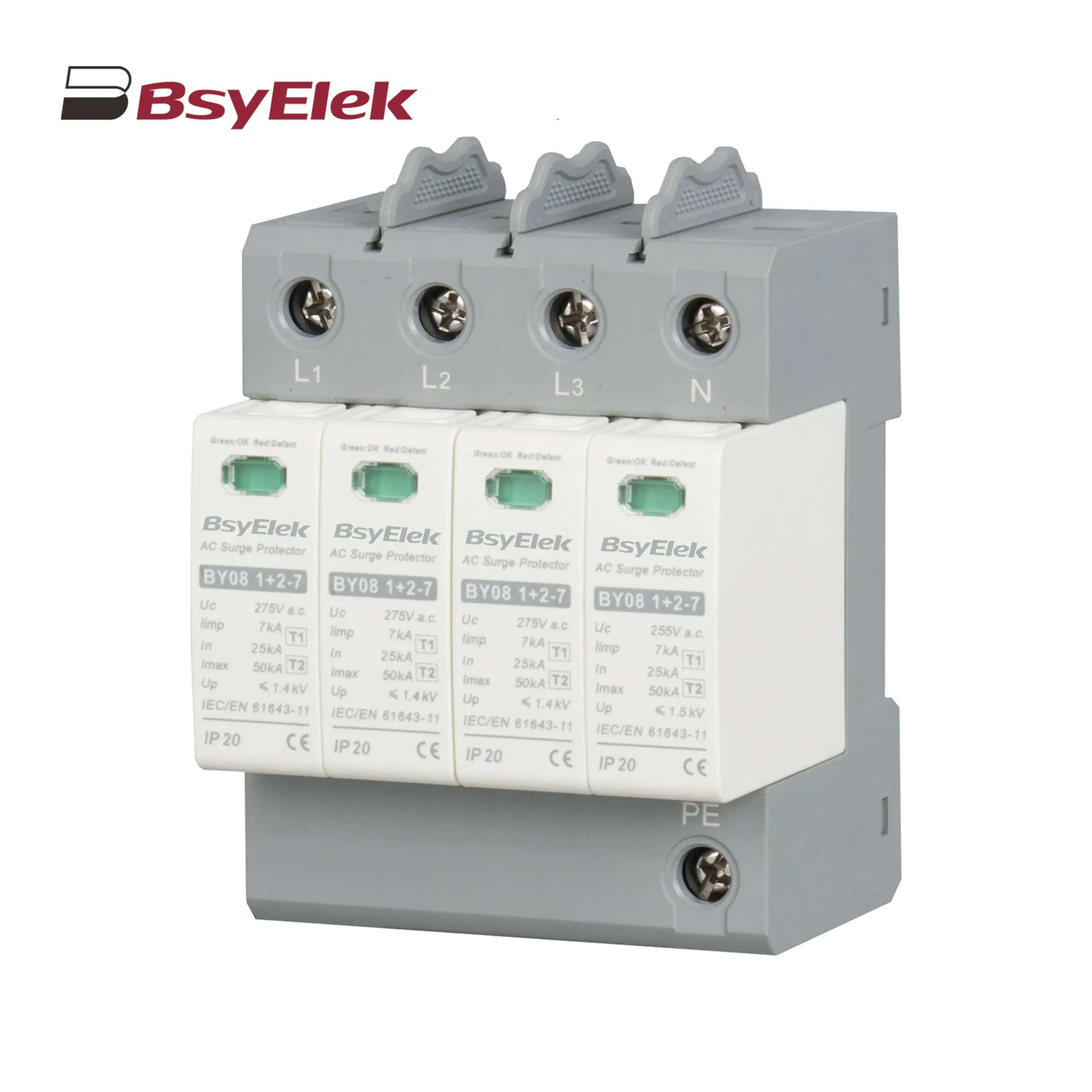 BY08 1+2-7 SPD Class T1+T2 Imax 50KA Surge Protective Device
BY08 1+2-7 SPD Class T1+T2 Imax 50KA Surge Protective Device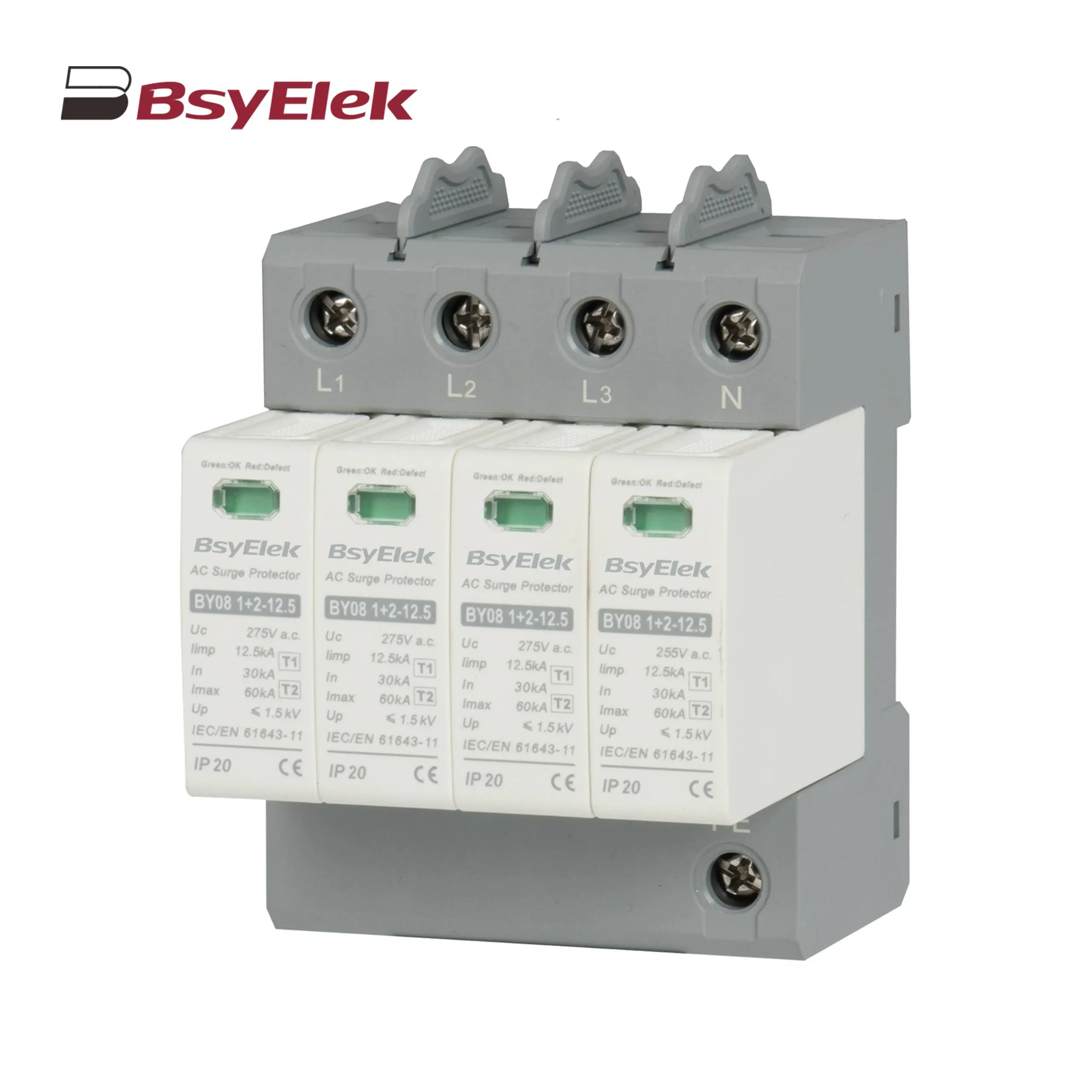 BY08 1+2-12.5 SPD Class T1+T2 Imax 60KA Surge Protective Device
BY08 1+2-12.5 SPD Class T1+T2 Imax 60KA Surge Protective Device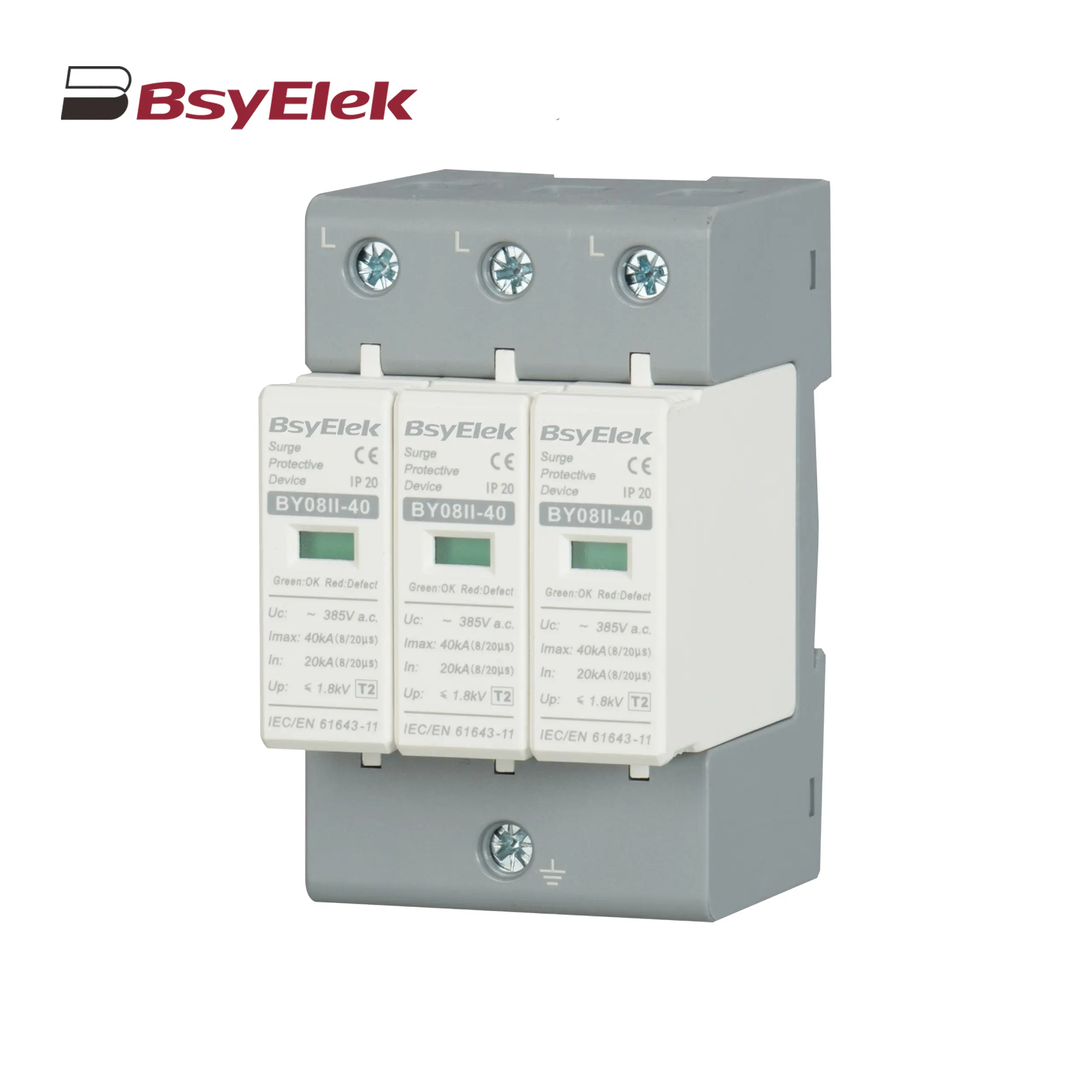 BY08II-40 SPD Class T2 Imax 40KA Surge Protective Device
BY08II-40 SPD Class T2 Imax 40KA Surge Protective Device BY19G 63A Manual Changeover Switch
BY19G 63A Manual Changeover Switch LWSF-125 125A Manual Changeover Switch
LWSF-125 125A Manual Changeover Switch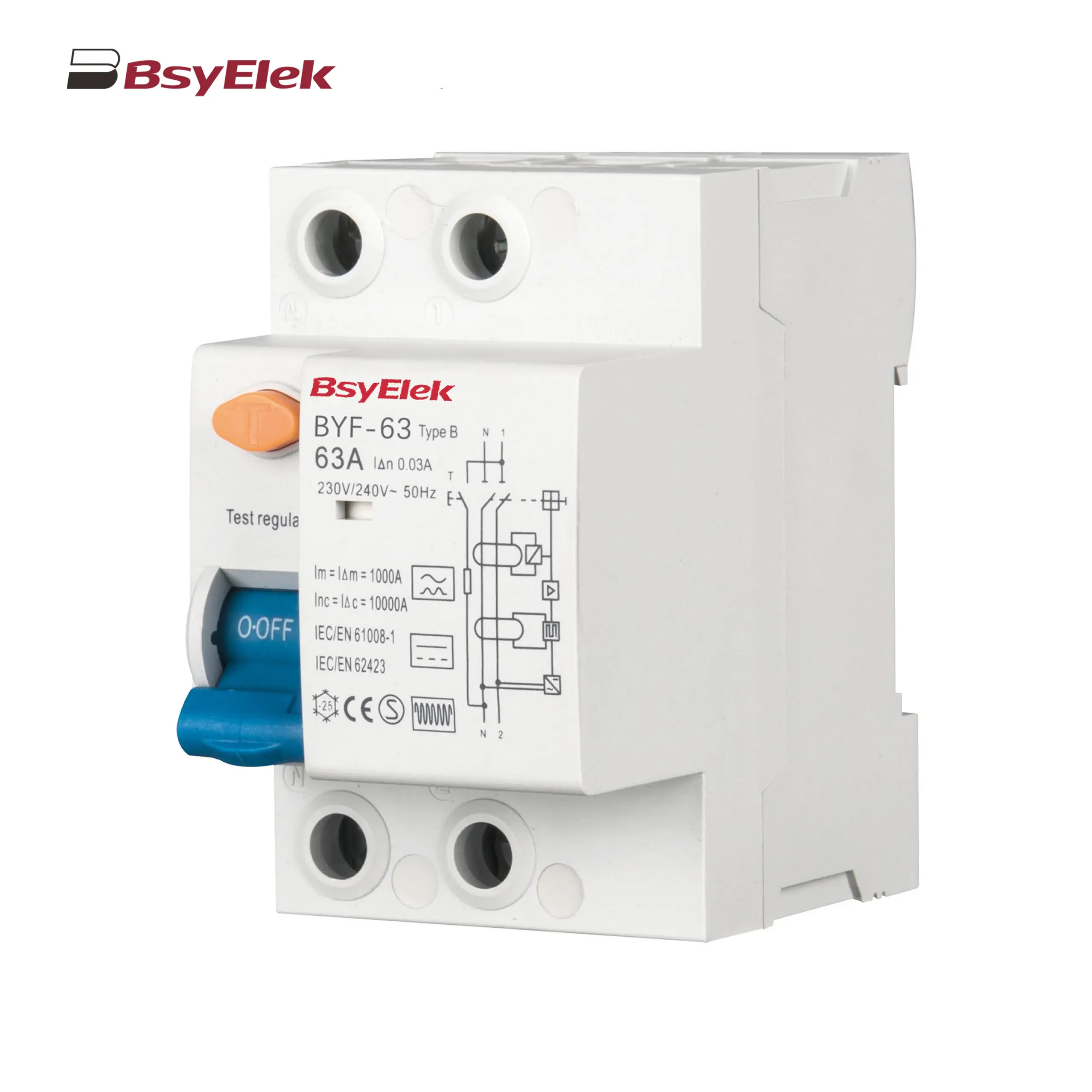 BYF-63 RCD 10KA Type B AC+A+Smoothing DC Residual Current Device
BYF-63 RCD 10KA Type B AC+A+Smoothing DC Residual Current Device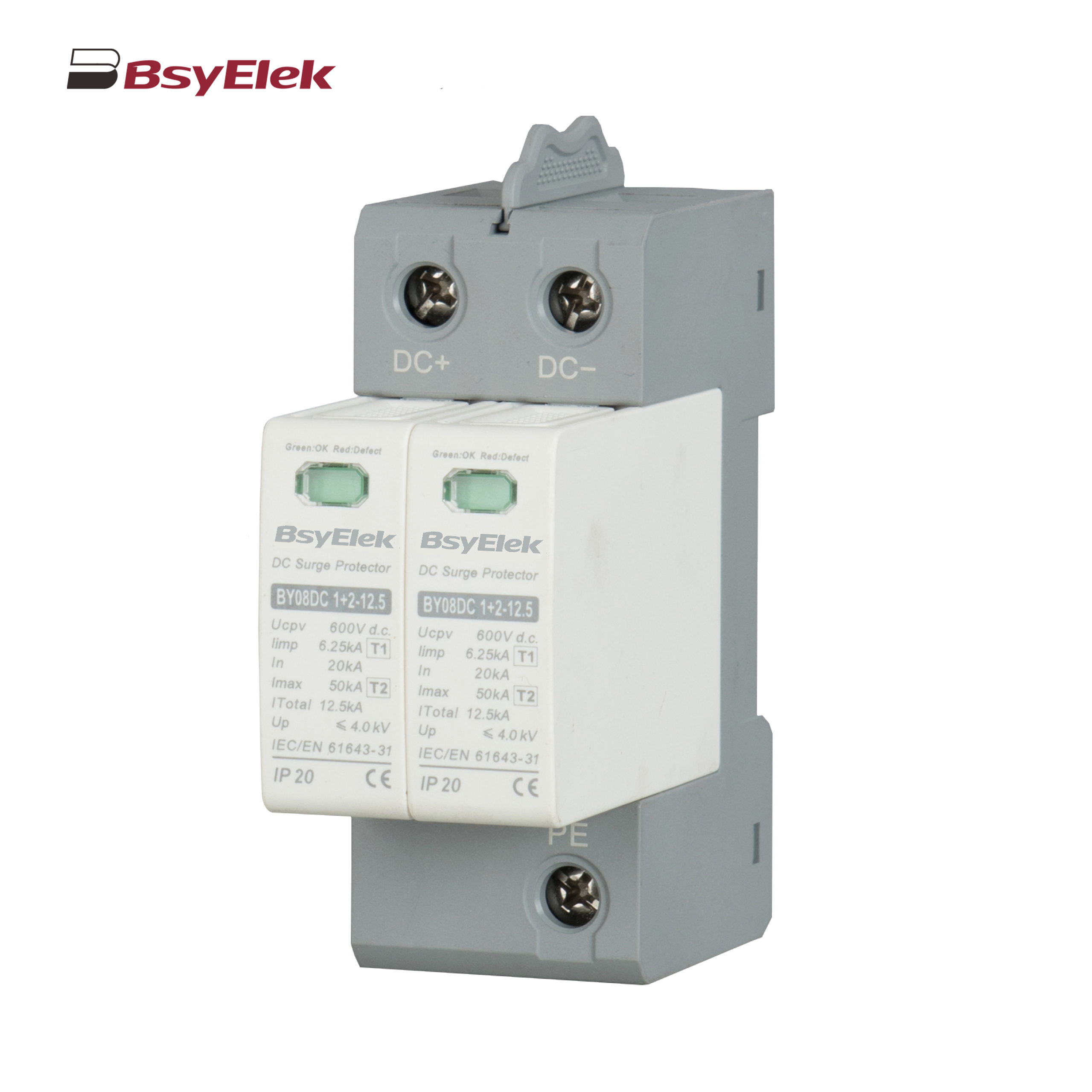 BY08DC 1+2-12.5 SPD Class T1+T2 40KA DC Surge Protective Device
BY08DC 1+2-12.5 SPD Class T1+T2 40KA DC Surge Protective Device BY08IIDC-40 SPD Class T2 40KA DC Surge Protective Device
BY08IIDC-40 SPD Class T2 40KA DC Surge Protective Device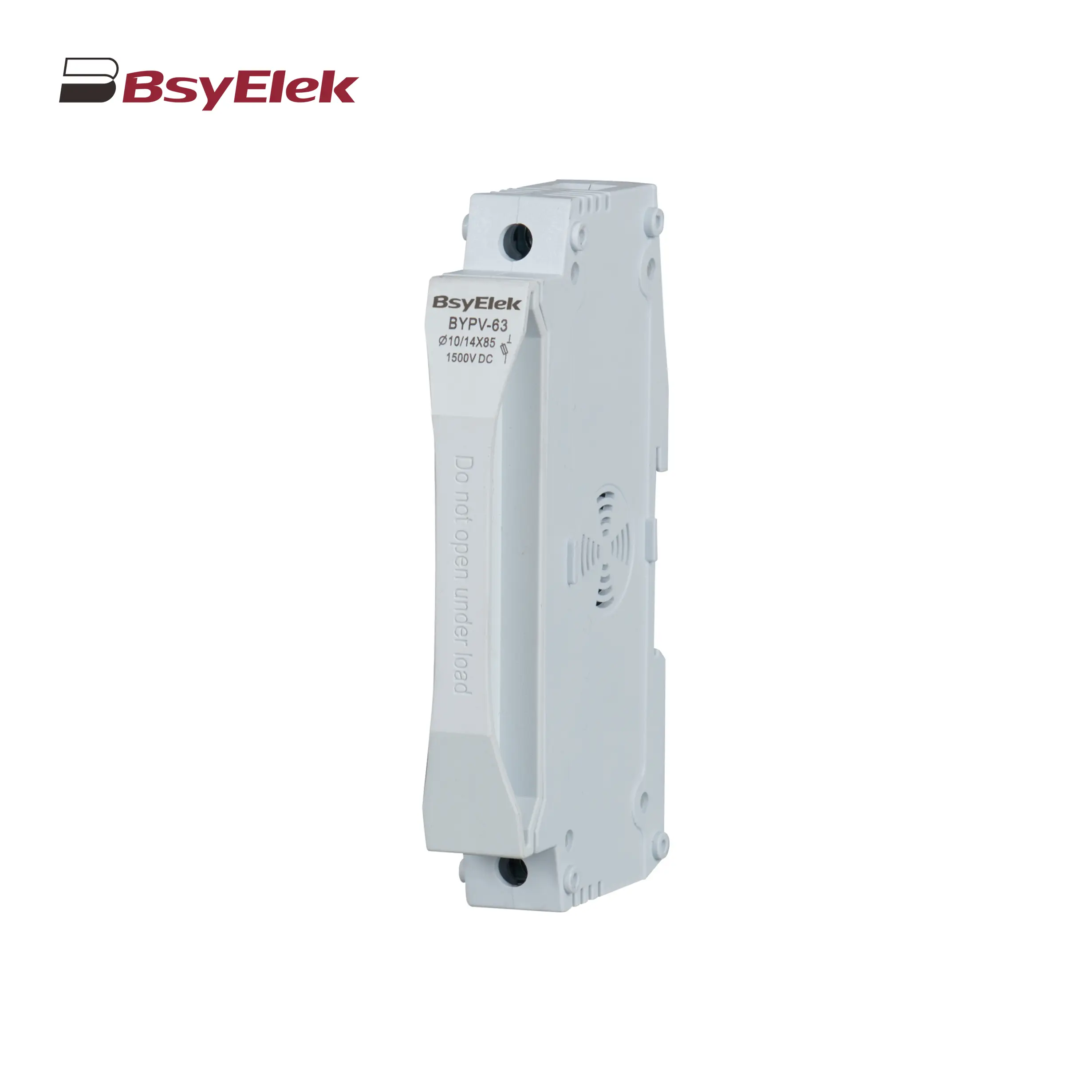 BYPV-63 1500VDC 50A Fuse Holder with 10x85mm 14x85mm Fuse Link
BYPV-63 1500VDC 50A Fuse Holder with 10x85mm 14x85mm Fuse Link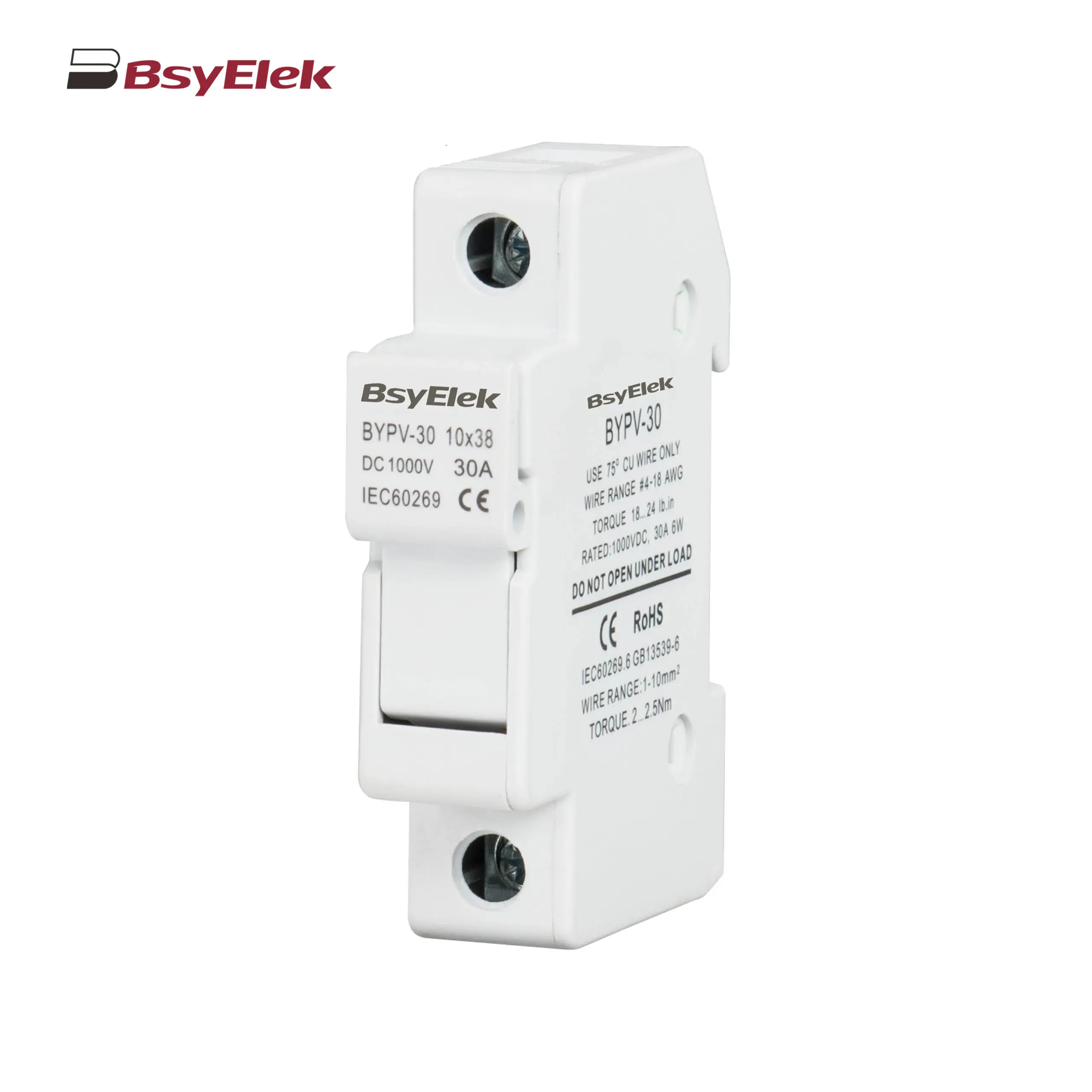 BYPV-30 1000VDC 32A Fuse Holder with 10x38mm Fuse Link
BYPV-30 1000VDC 32A Fuse Holder with 10x38mm Fuse Link BYPV-ELR2 PV Isolator Switch with Enclosed Version
BYPV-ELR2 PV Isolator Switch with Enclosed Version BYPV-ELR1 PV Isolator Switch with Enclosed Version
BYPV-ELR1 PV Isolator Switch with Enclosed Version BYPV-NL1/T PV Isolator Switch with Ultra-thin Lever Handle
BYPV-NL1/T PV Isolator Switch with Ultra-thin Lever Handle BYPV-NL1 PV Isolator Switch with Lever Handle
BYPV-NL1 PV Isolator Switch with Lever Handle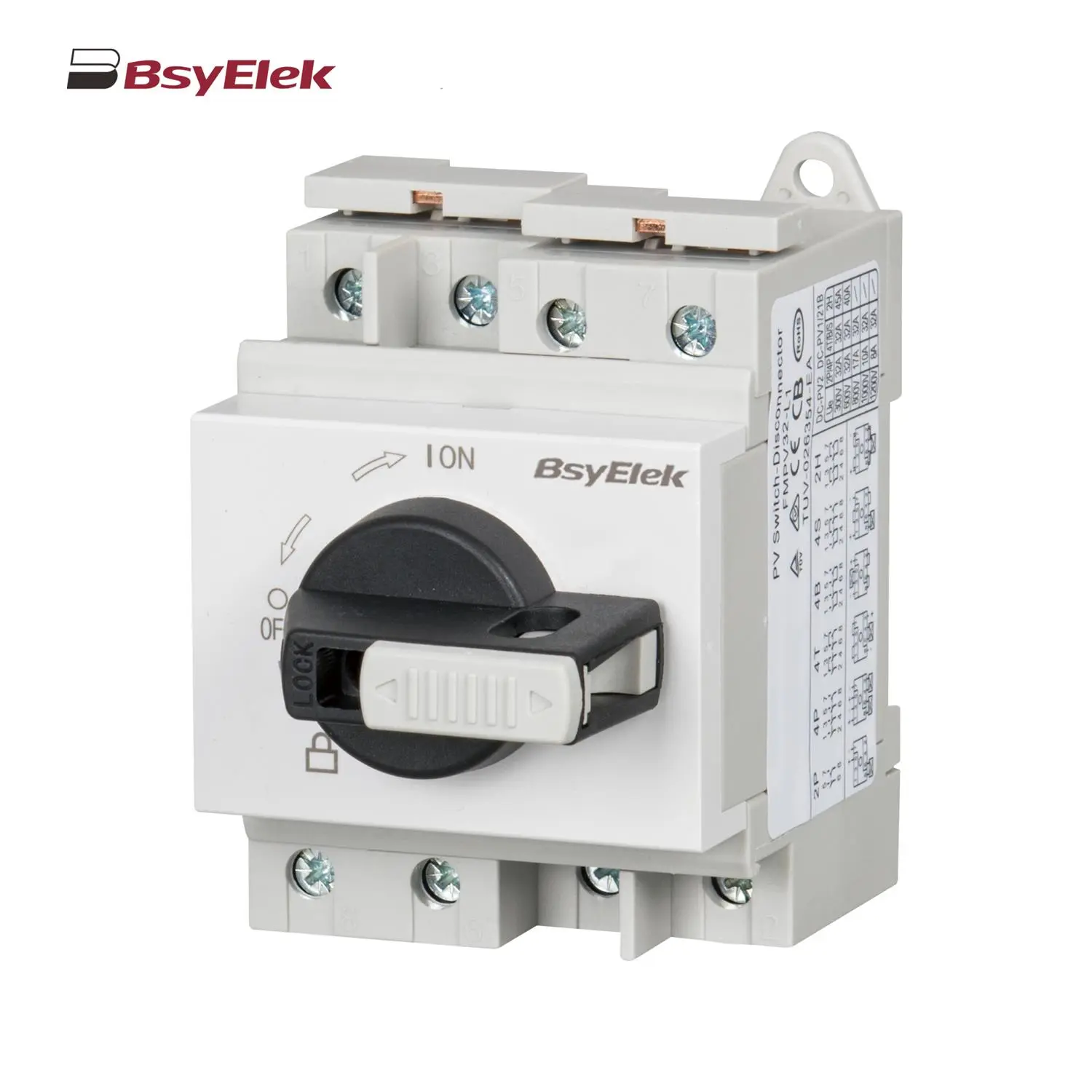 BYPV-L1/L2 PV Isolator Switch with Lockable Lever Handle
BYPV-L1/L2 PV Isolator Switch with Lockable Lever Handle PV-BY-01 30A/50A 1000V Photovoltaic Connector
PV-BY-01 30A/50A 1000V Photovoltaic Connector PV-BY-02 30A/50A 1500V Photovoltaic Connector
PV-BY-02 30A/50A 1500V Photovoltaic Connector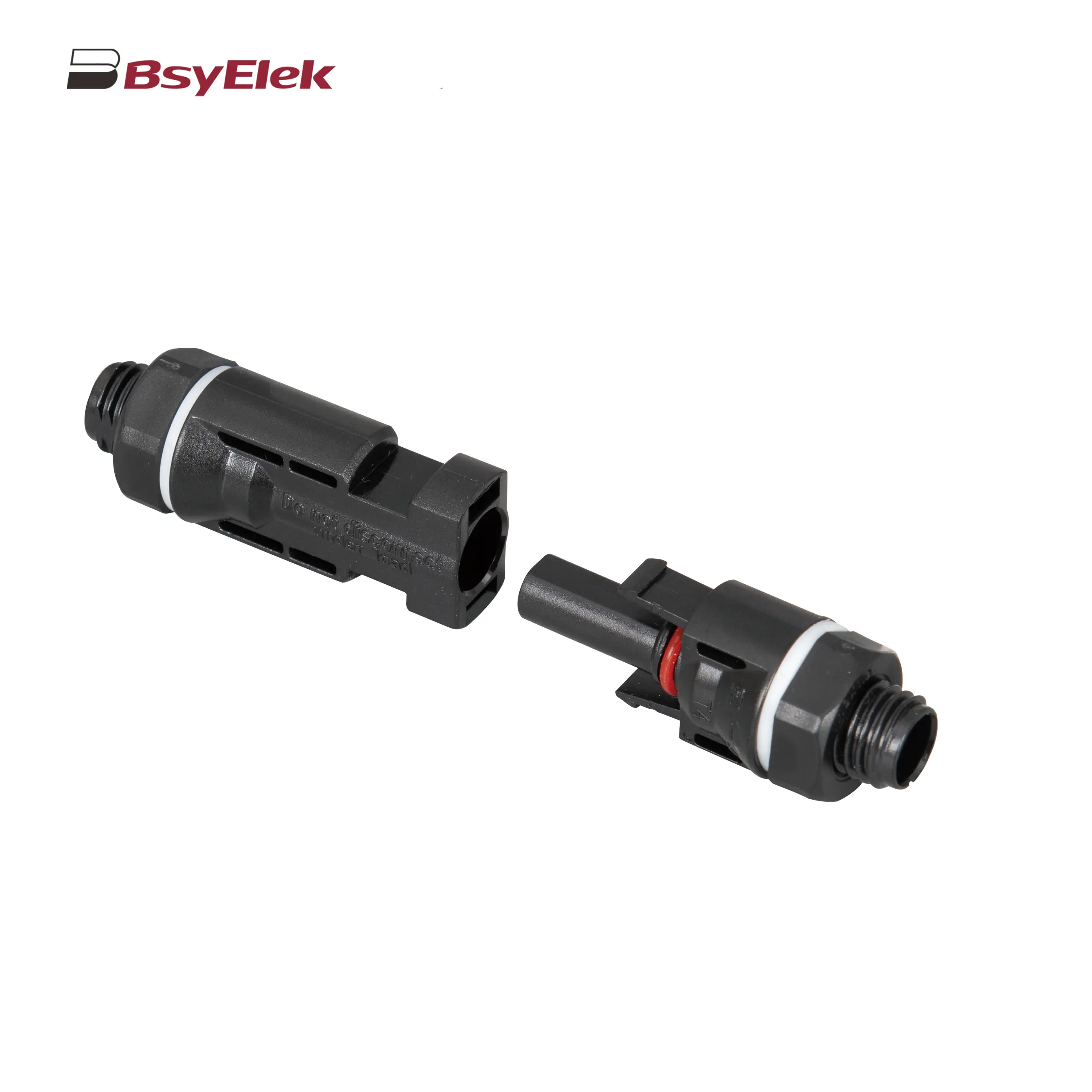 PV-BY-03 30A/50A 1000V Panel Mount Photovoltaic Connector
PV-BY-03 30A/50A 1000V Panel Mount Photovoltaic Connector PV-BY-F01 30A 1500V Diode/Fuse Type Connector
PV-BY-F01 30A 1500V Diode/Fuse Type Connector PV-BY-T 50A 1500V T Type Branch Connector
PV-BY-T 50A 1500V T Type Branch Connector PV-BY-Y 30A 1500V Y Type Branch Connector
PV-BY-Y 30A 1500V Y Type Branch Connector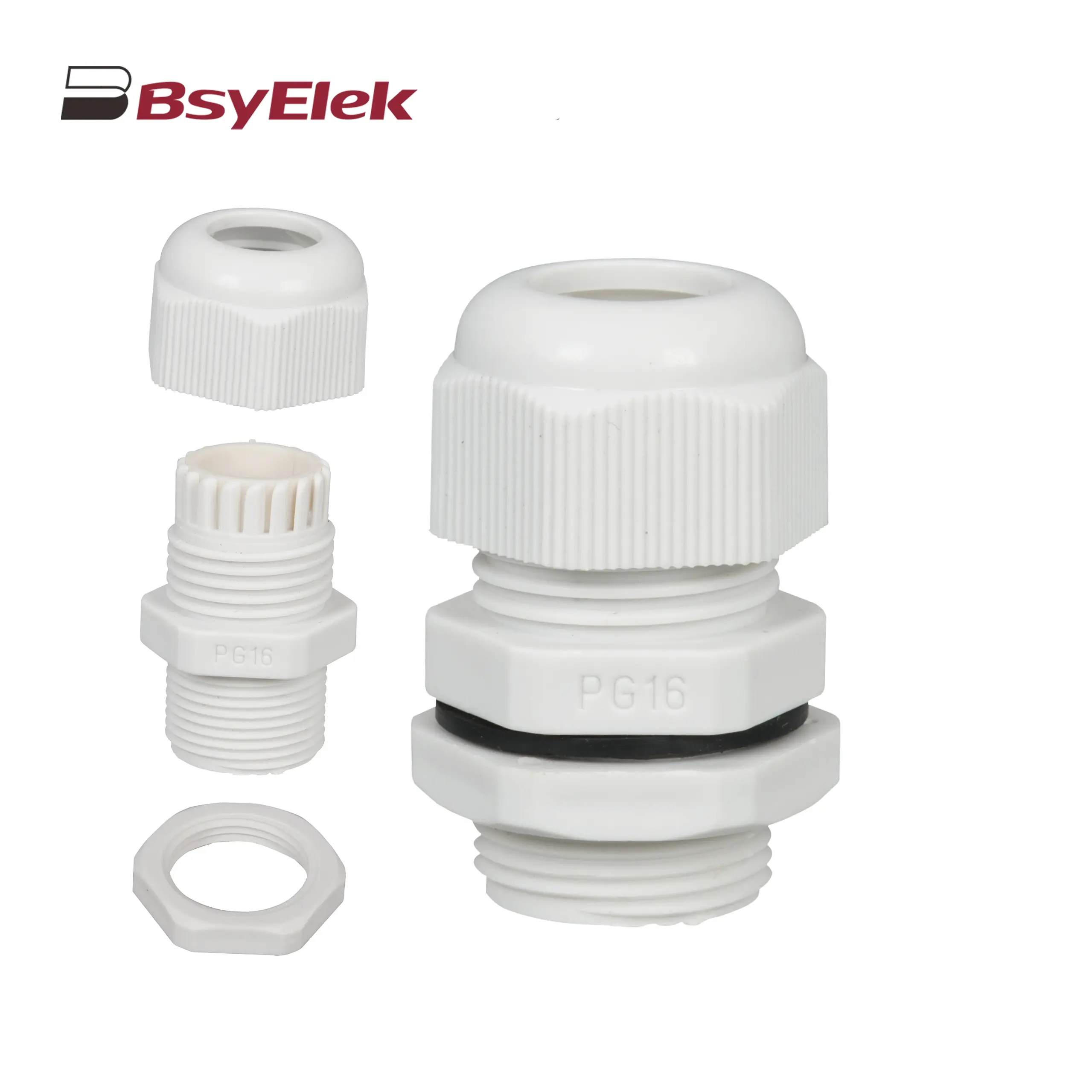 PG Waterproof Cable Gland with Washer
PG Waterproof Cable Gland with Washer Photovoltaic Cable
Photovoltaic Cable HD11N Photovoltaic Knife Switch
HD11N Photovoltaic Knife Switch BYM3DC MCCB Photovoltaic DC Molded Case Circuit Breaker
BYM3DC MCCB Photovoltaic DC Molded Case Circuit Breaker BYM1DC MCCB 1000VDC Thermal Magnetic Type DC Molded Case Circuit Breaker
BYM1DC MCCB 1000VDC Thermal Magnetic Type DC Molded Case Circuit Breaker BYM1E MCCB Electronic Type Molded Case Circuit Breaker
BYM1E MCCB Electronic Type Molded Case Circuit Breaker BYM1 MCCB Thermal Magnetic AC Molded Case Circuit Breaker
BYM1 MCCB Thermal Magnetic AC Molded Case Circuit Breaker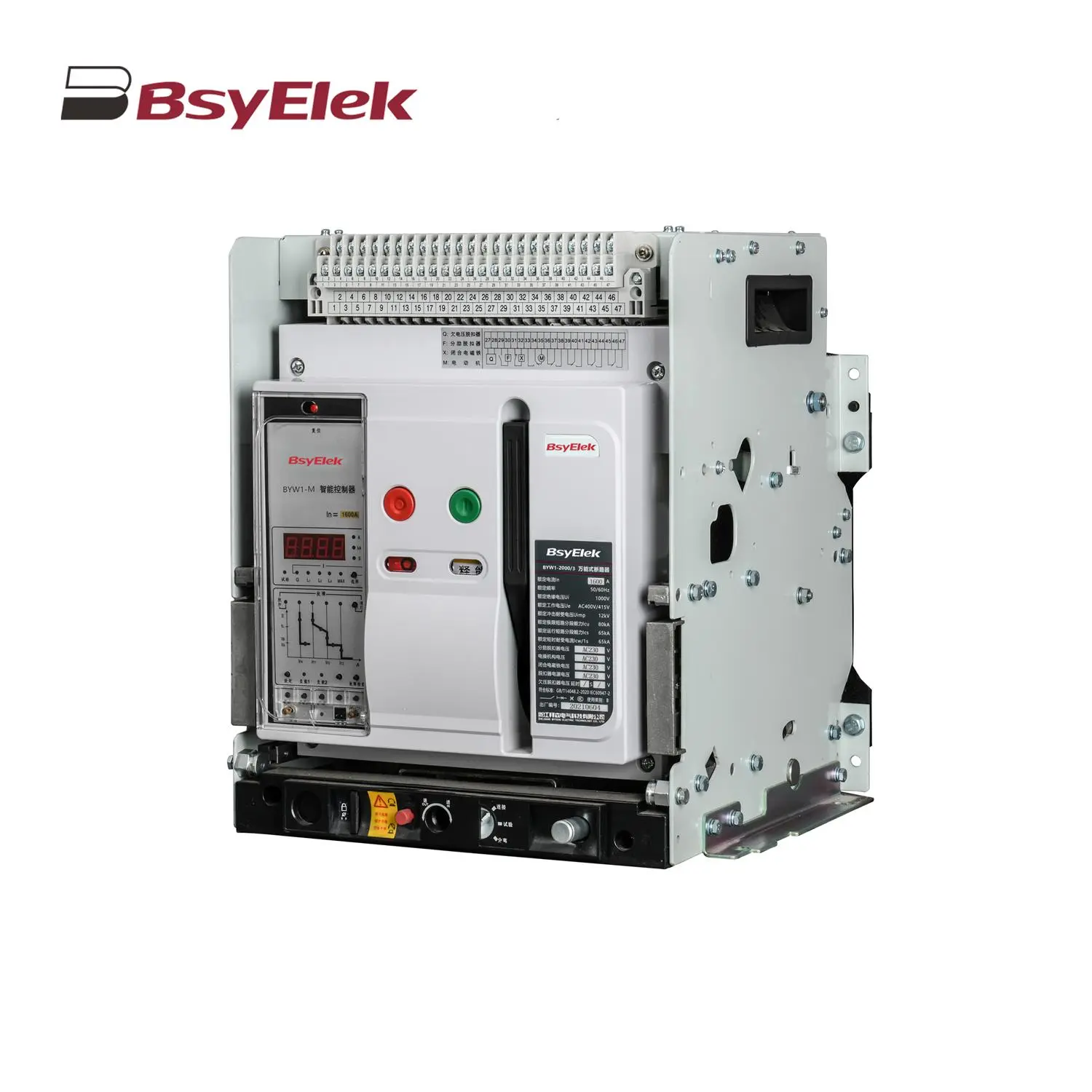 BYW1 ACB Intelligent Universal Air Circuit Breaker
BYW1 ACB Intelligent Universal Air Circuit Breaker BYQ1 ATS Isolated Type PC Level Dual Power Automatic Transfer Switch
BYQ1 ATS Isolated Type PC Level Dual Power Automatic Transfer Switch BYQ1 ATS Intelligent Type CB Level Dual Power Automatic Transfer Switch
BYQ1 ATS Intelligent Type CB Level Dual Power Automatic Transfer Switch BYQ1 ATS End Type CB Level Dual Power Automatic Transfer Switch
BYQ1 ATS End Type CB Level Dual Power Automatic Transfer Switch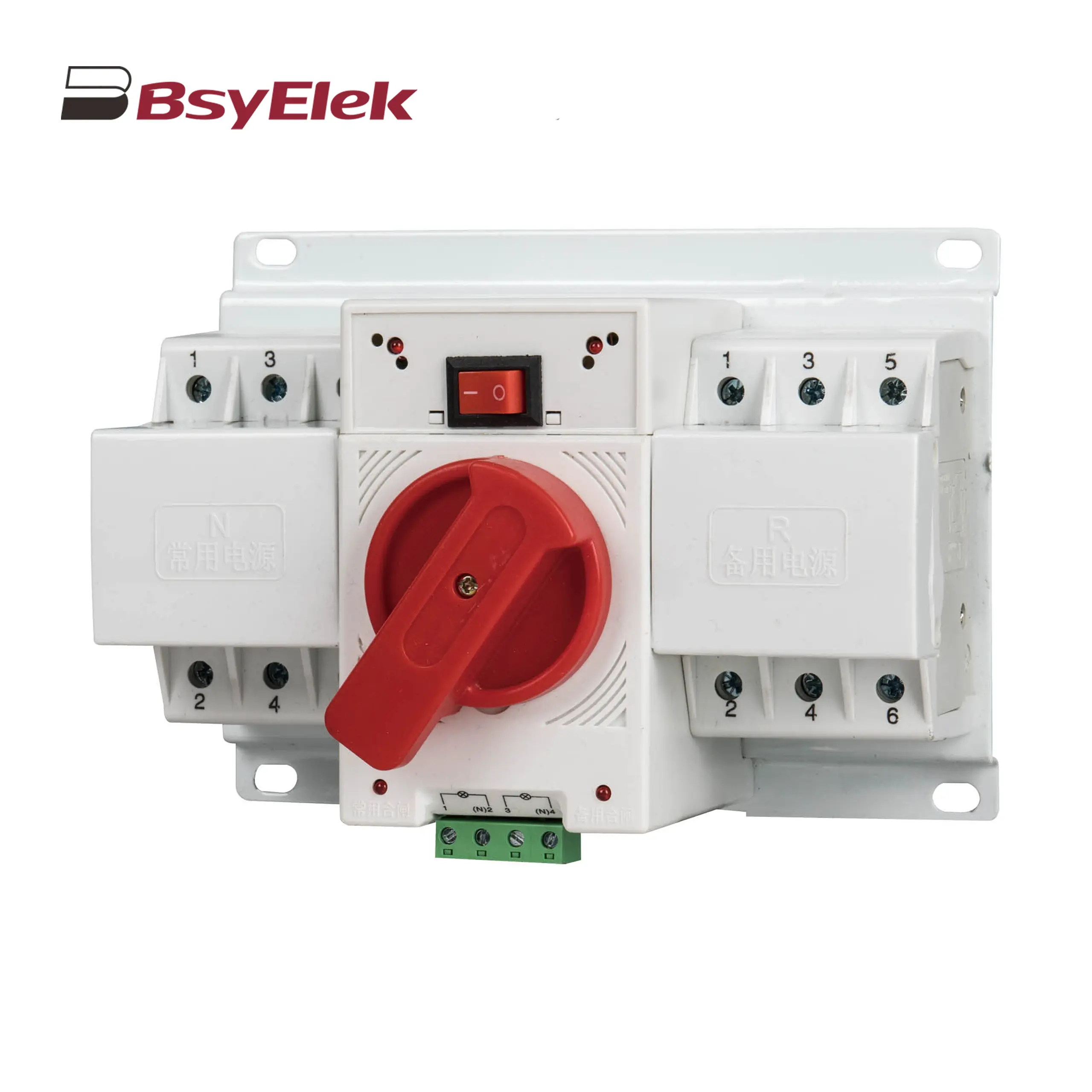 BYQ1 ATS Mini Type CB Level Dual Power Automatic Transfer Switch
BYQ1 ATS Mini Type CB Level Dual Power Automatic Transfer Switch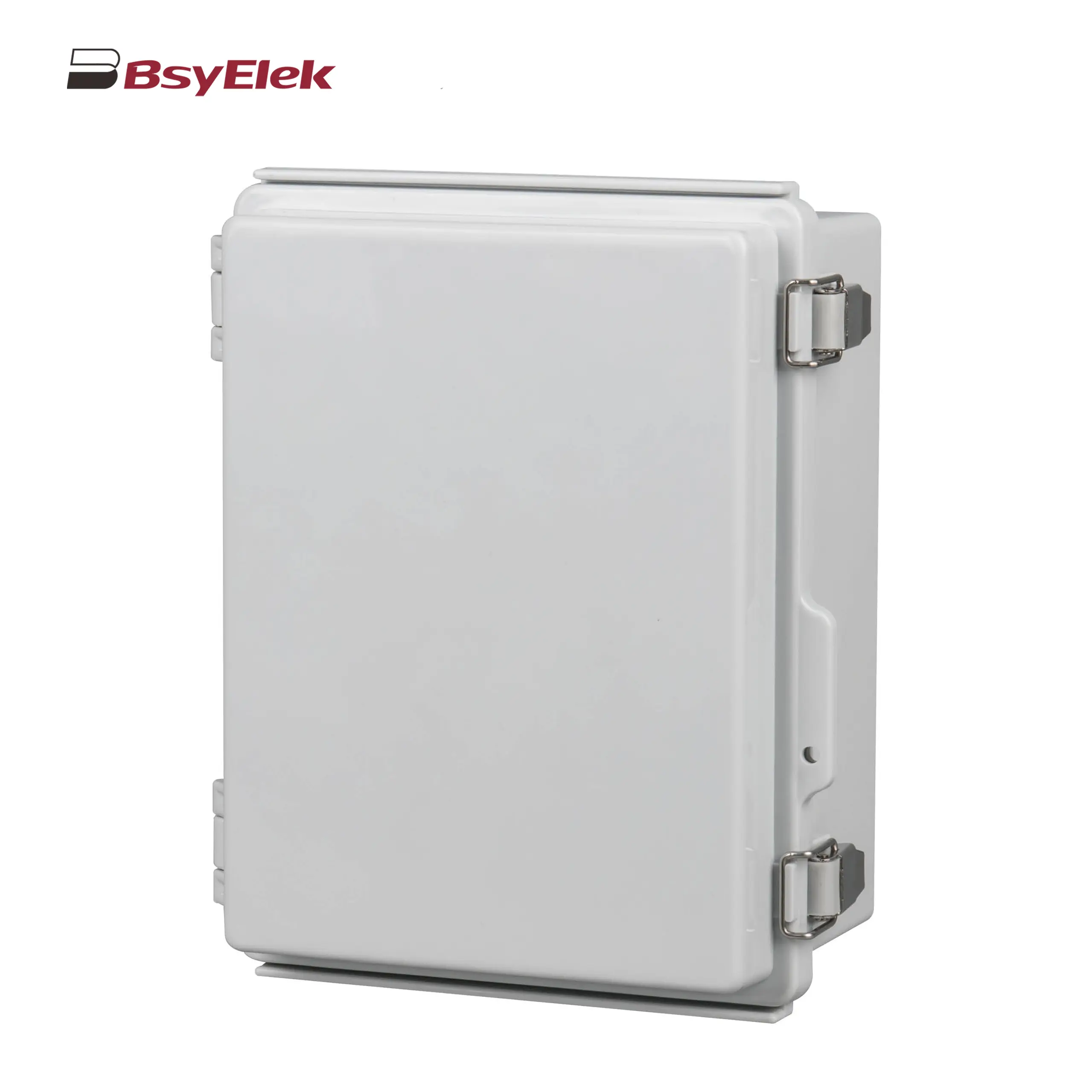 Stainless Steel Hinge Type Electrical Box
Stainless Steel Hinge Type Electrical Box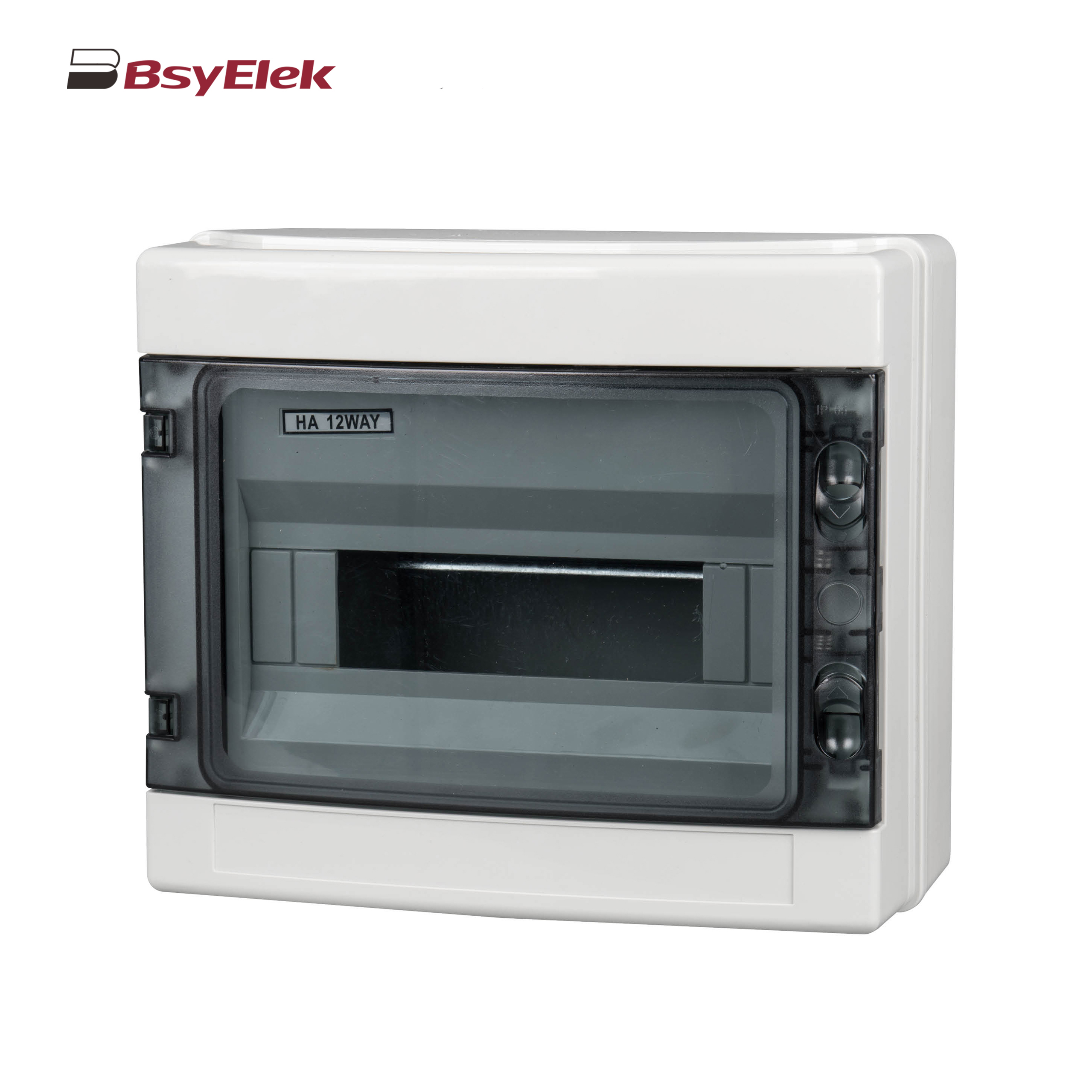 HA Waterproof Distribution Box
HA Waterproof Distribution Box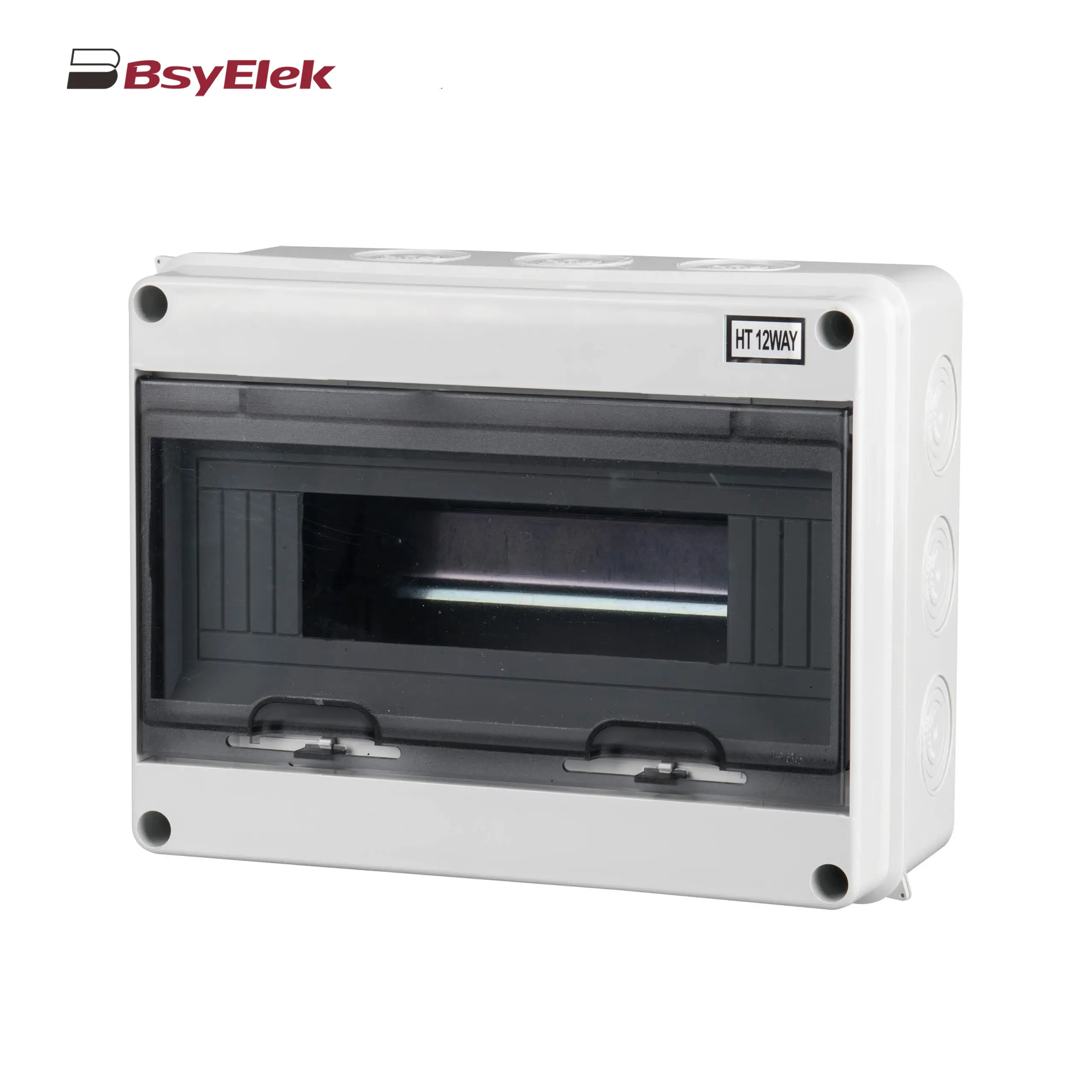 HT Waterproof Distribution Box
HT Waterproof Distribution Box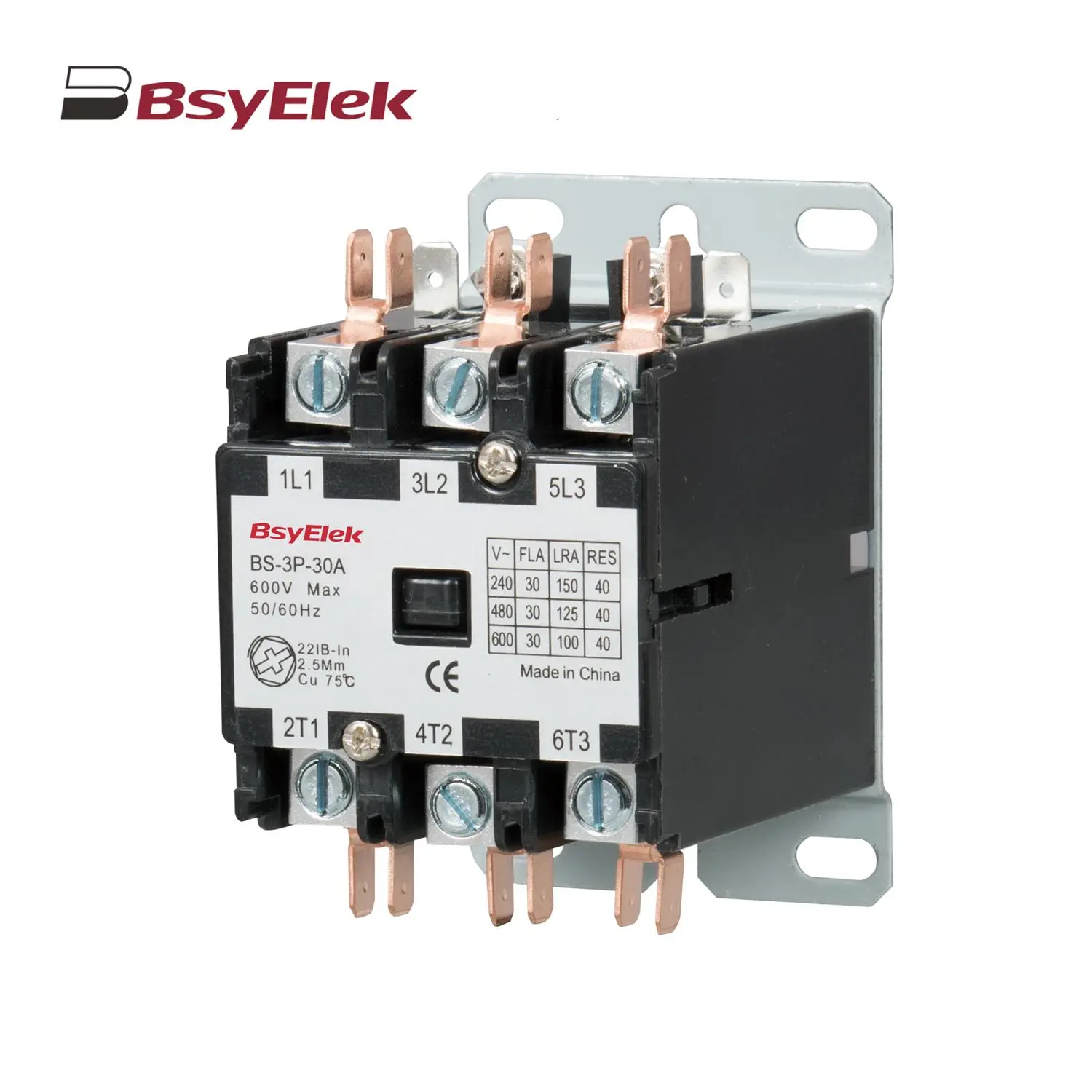 BS Definite Purpose Magnetic AC Contactor
BS Definite Purpose Magnetic AC Contactor

 Surge protectors play a crucial role in safeguarding your electronics from damaging voltage spikes. Understanding the industry standards and certifications that govern these protective devices, such as
Surge protectors play a crucial role in safeguarding your electronics from damaging voltage spikes. Understanding the industry standards and certifications that govern these protective devices, such as 



